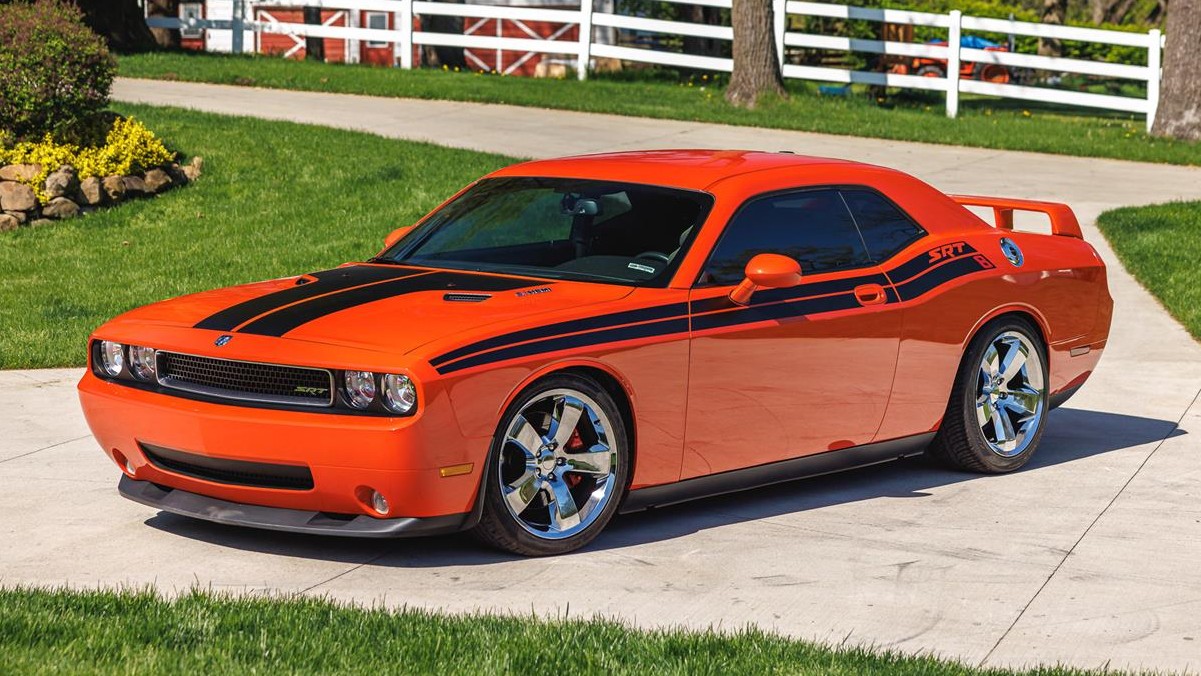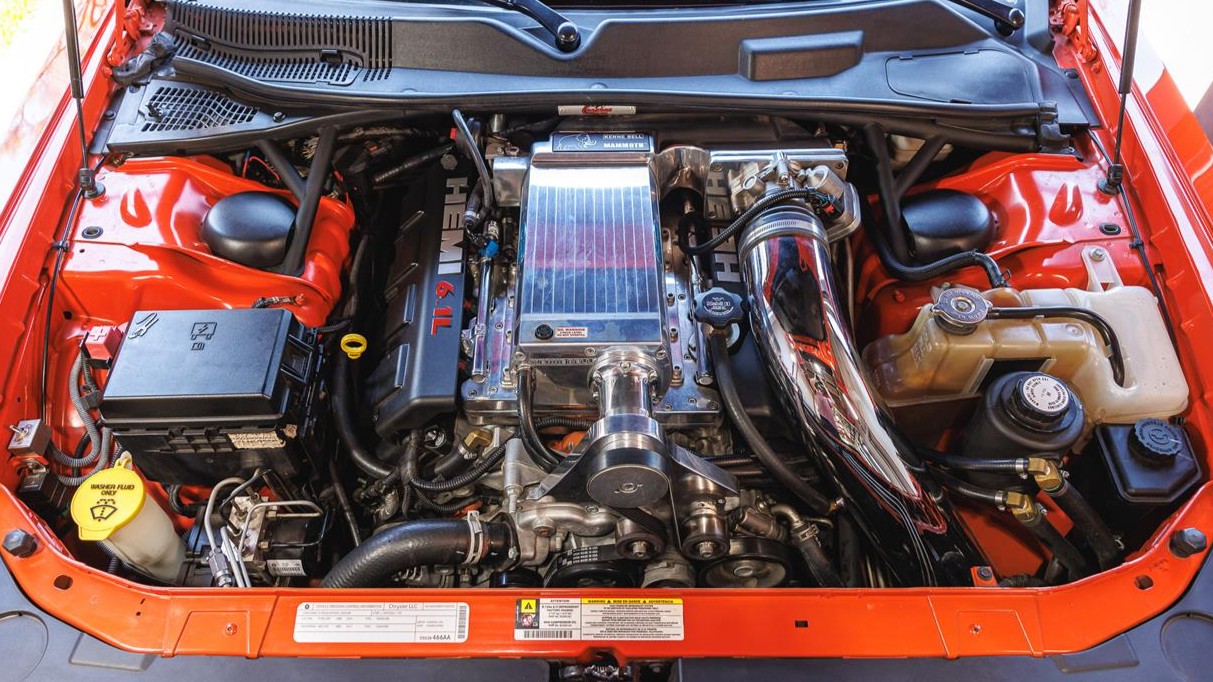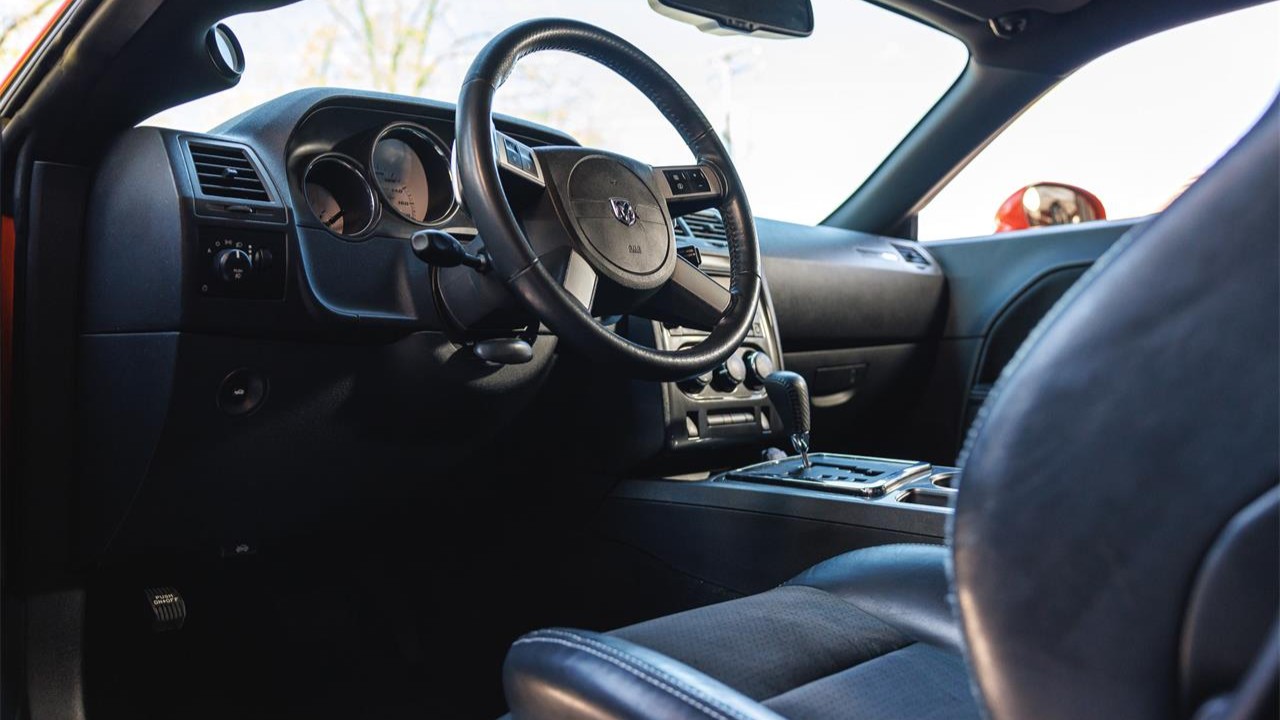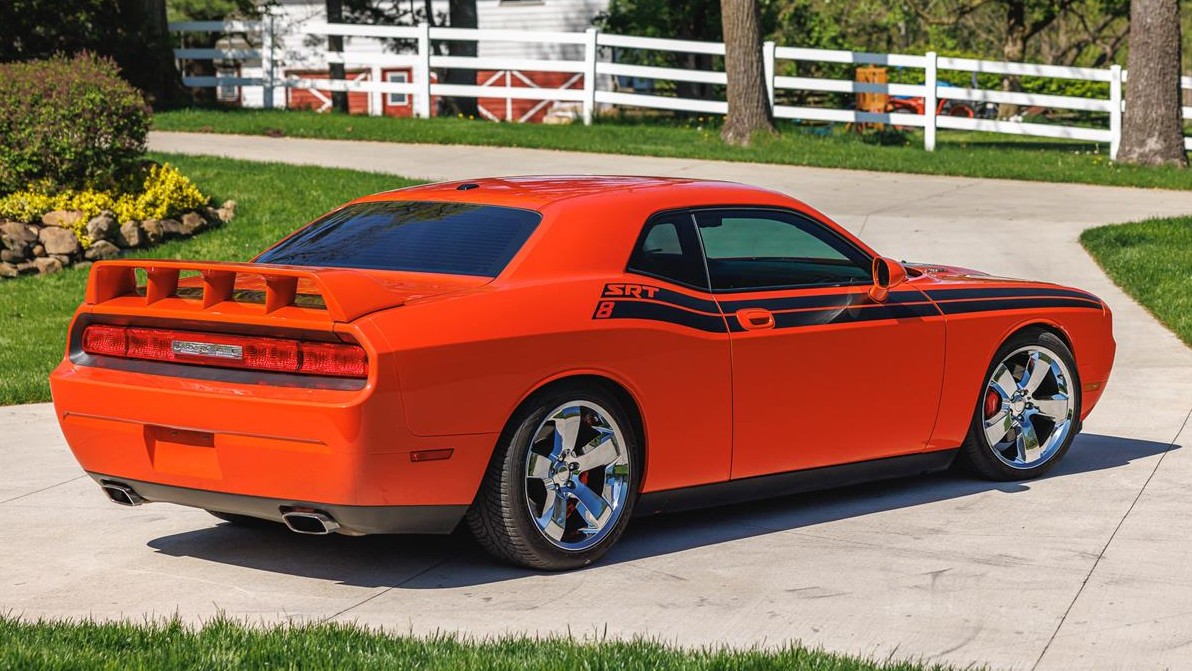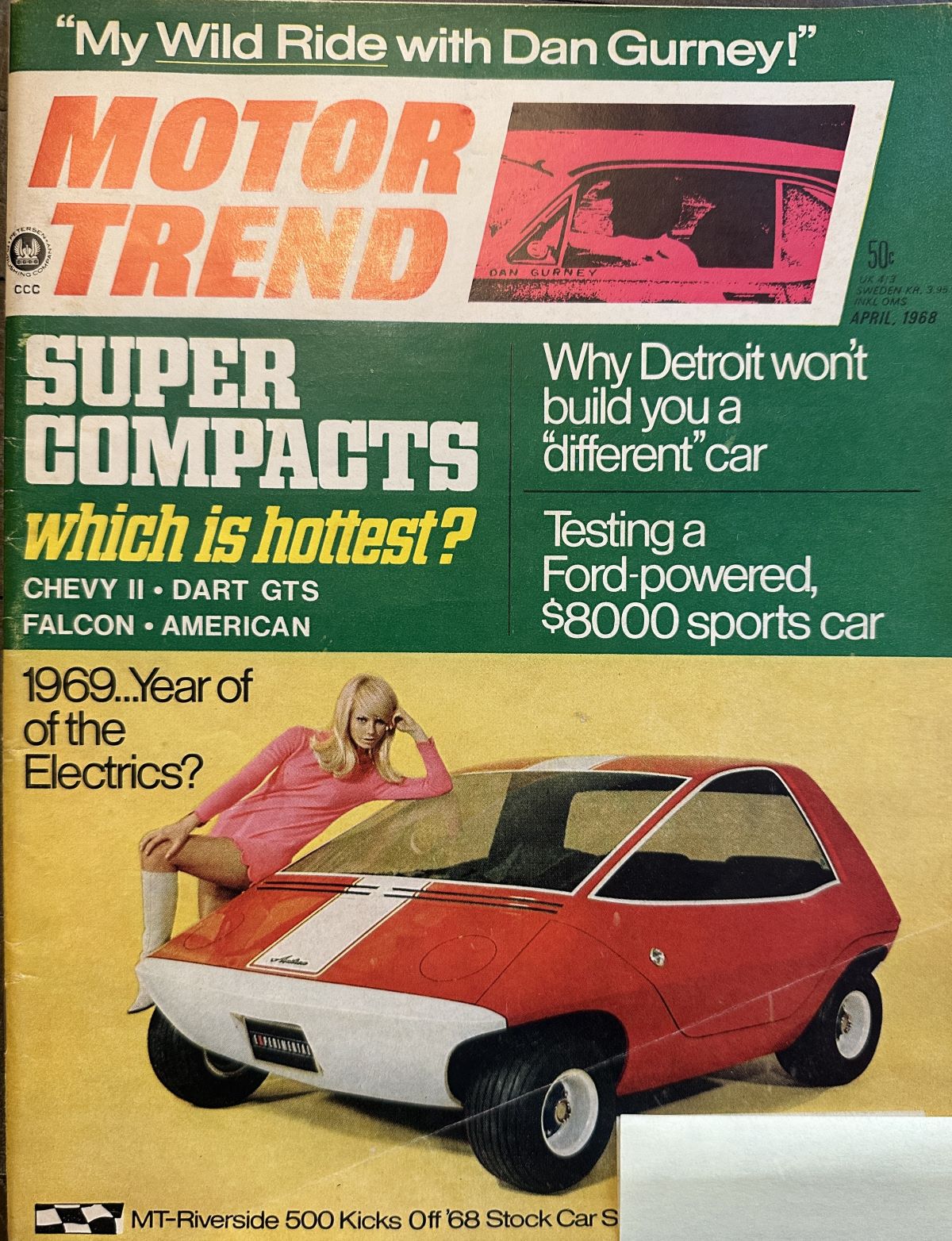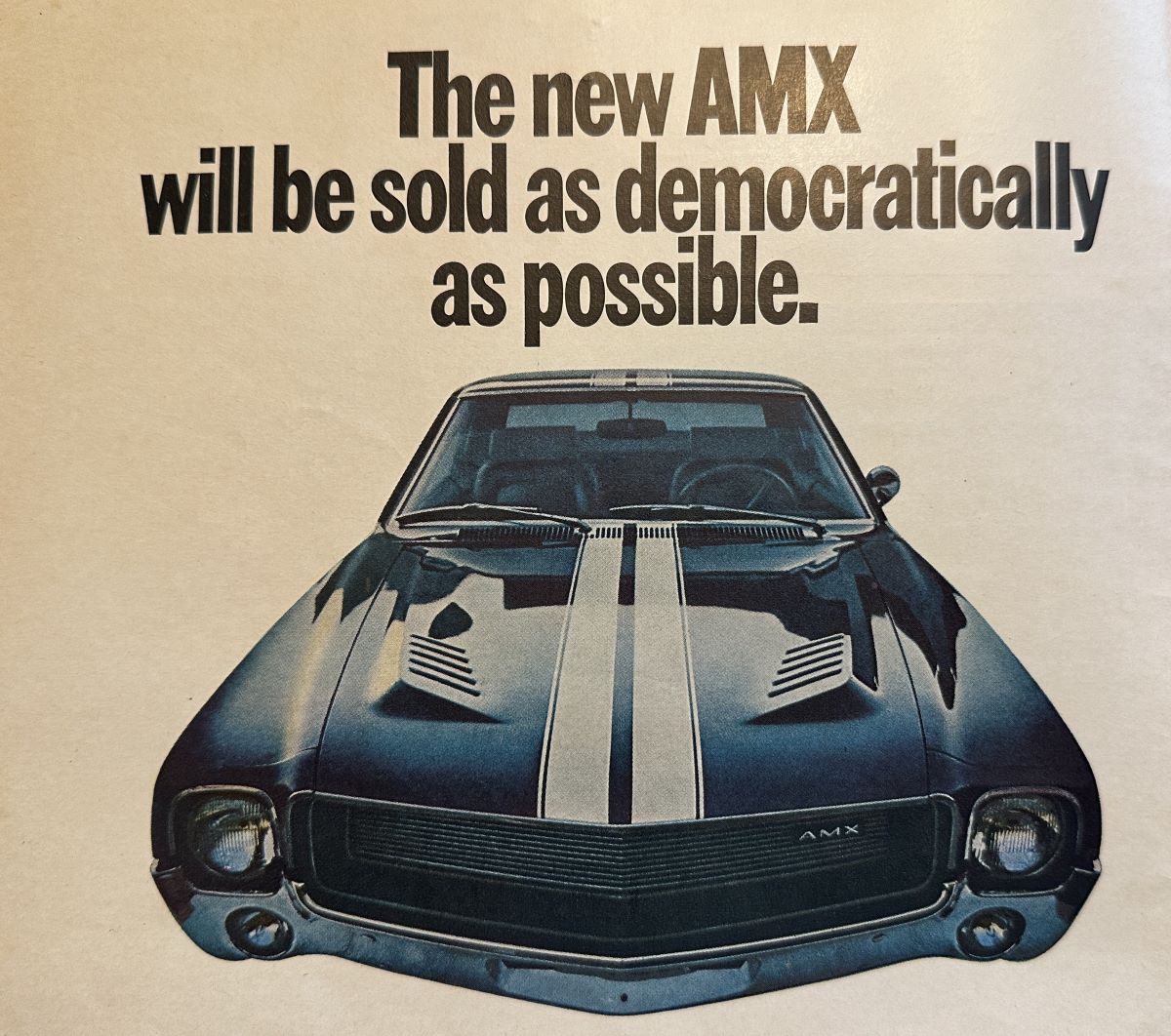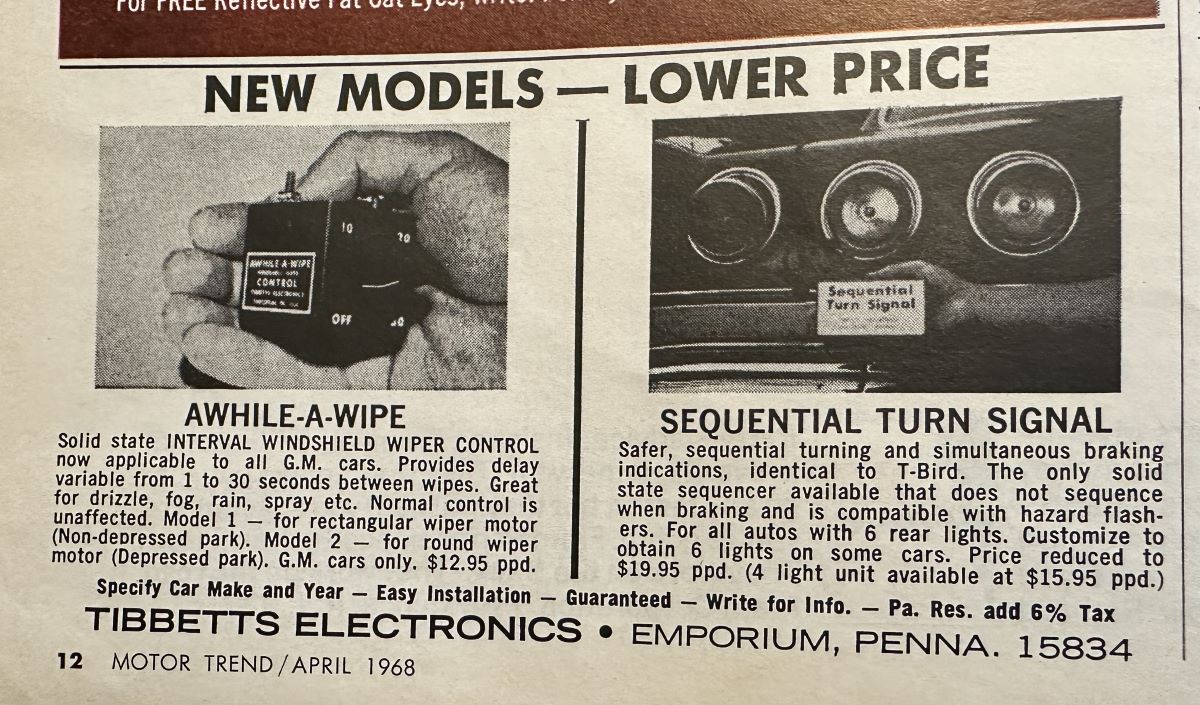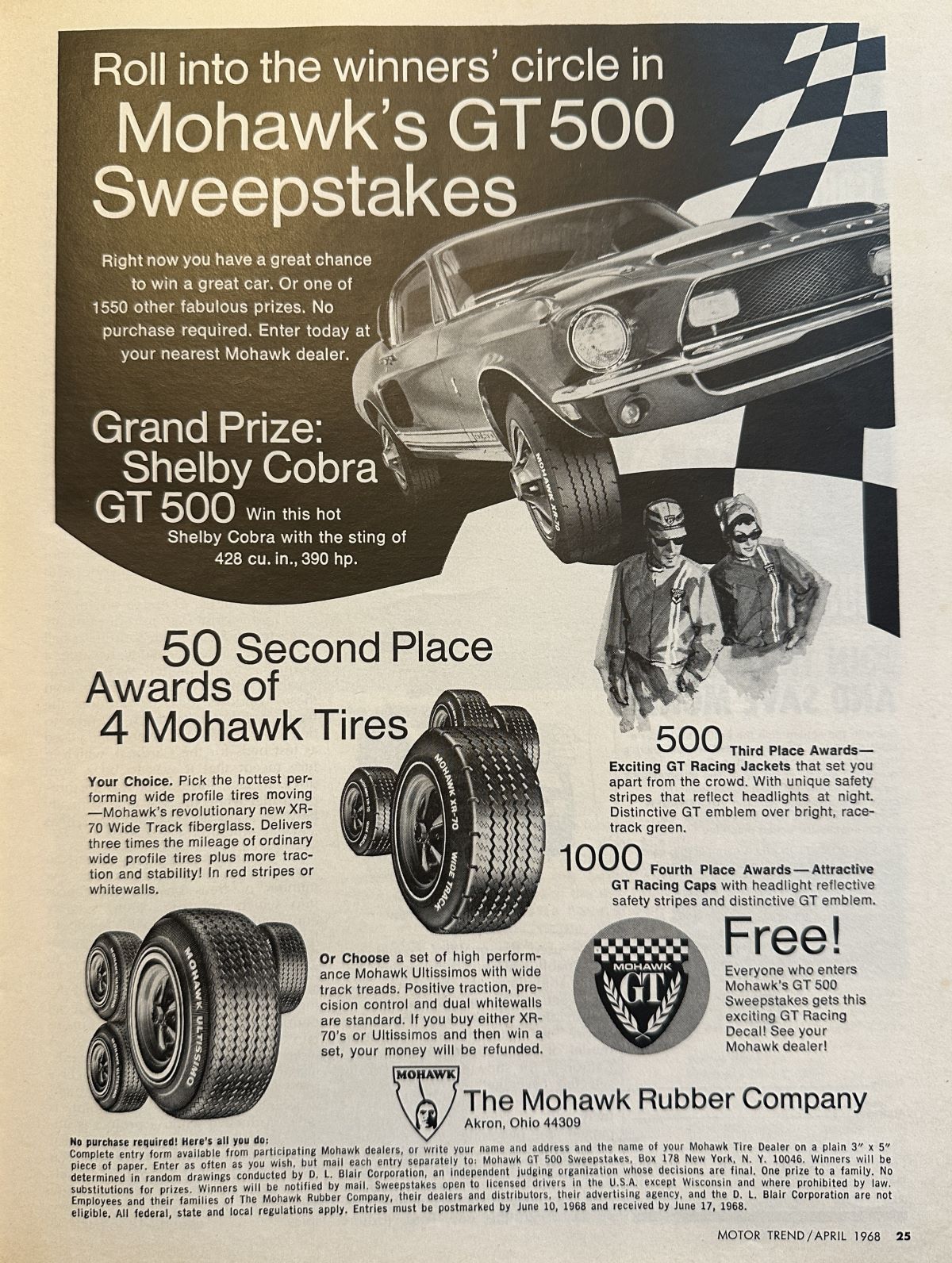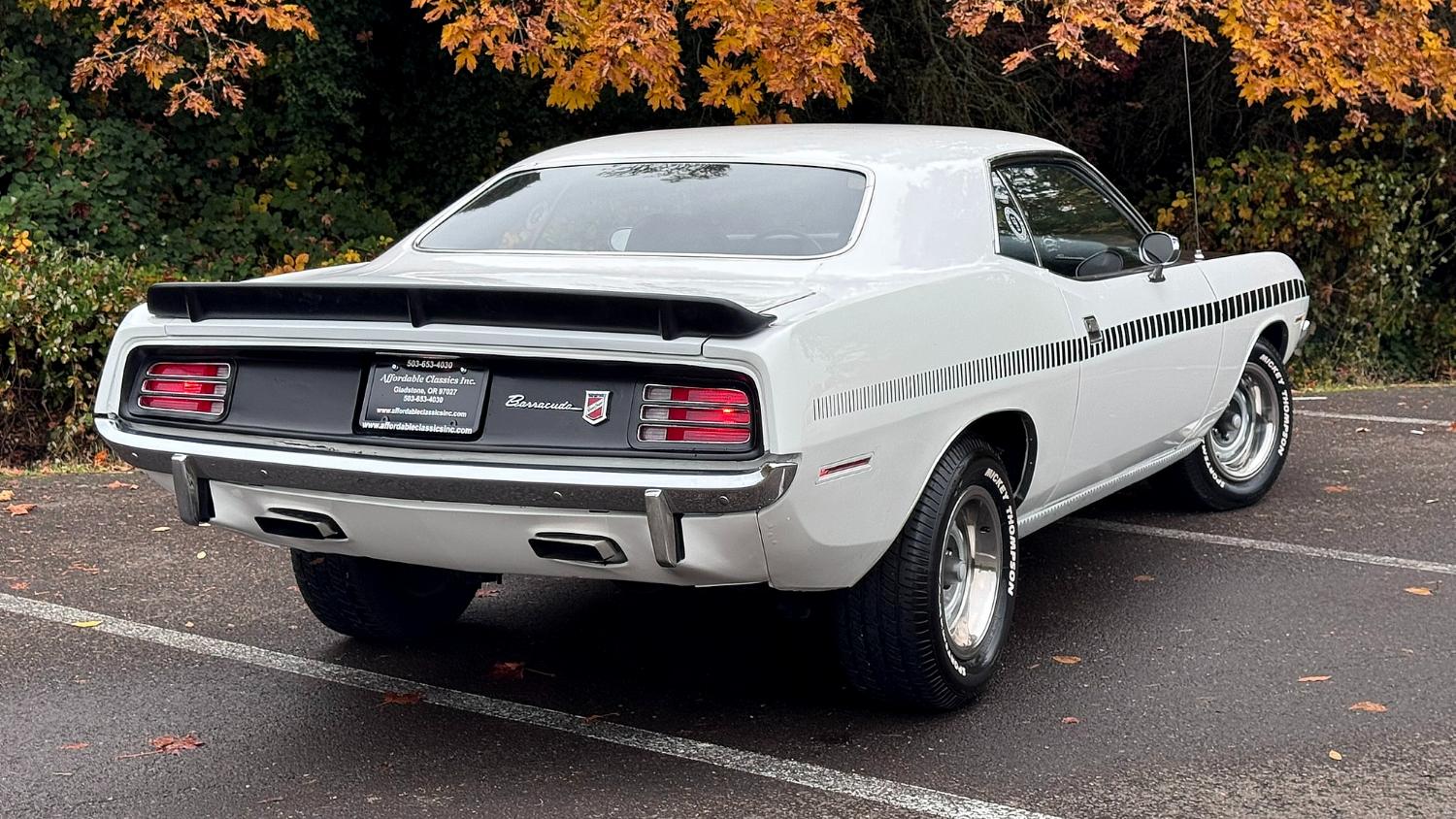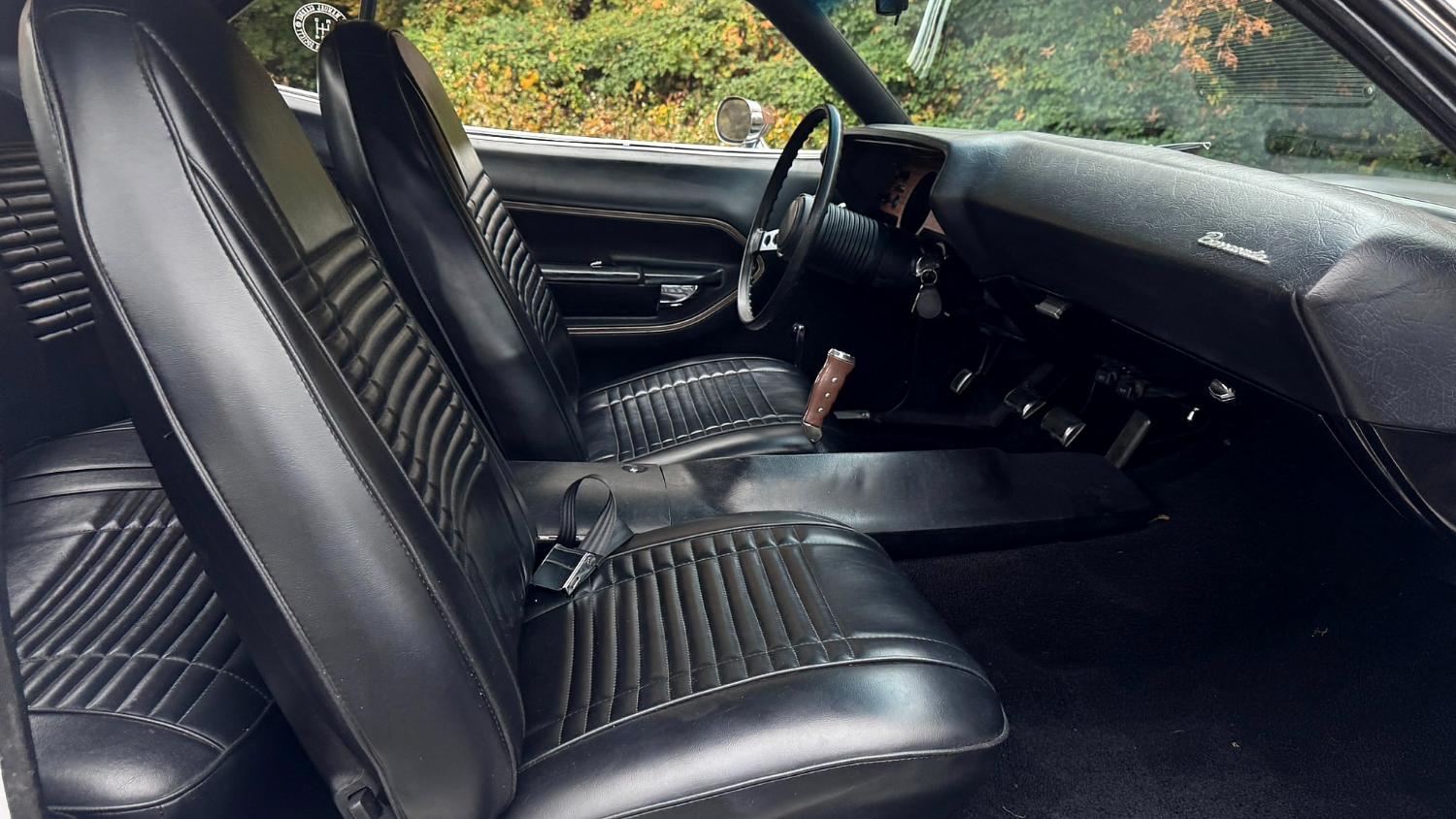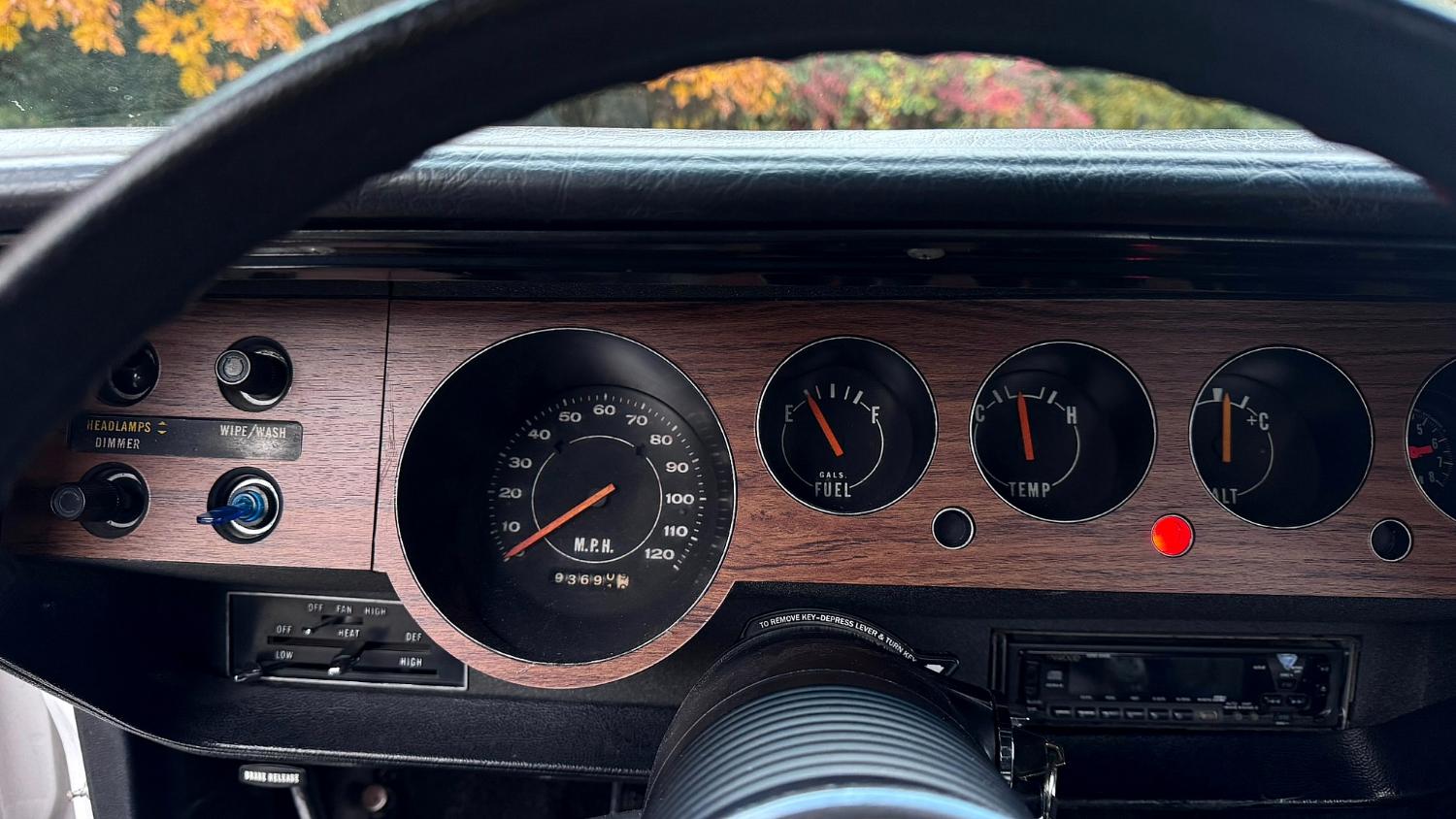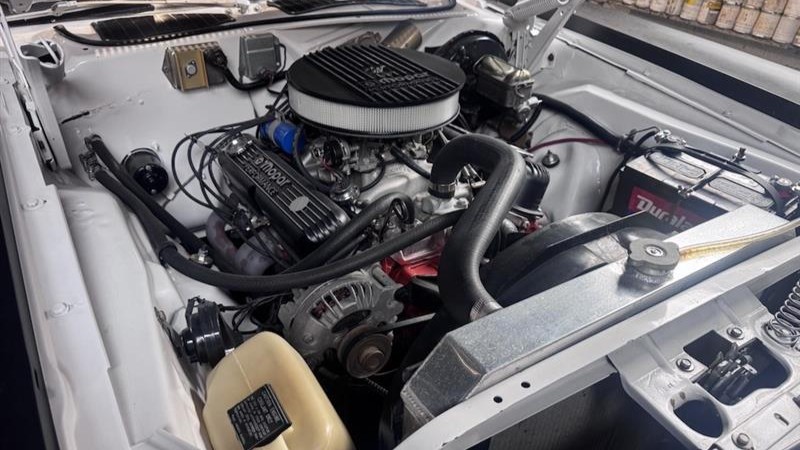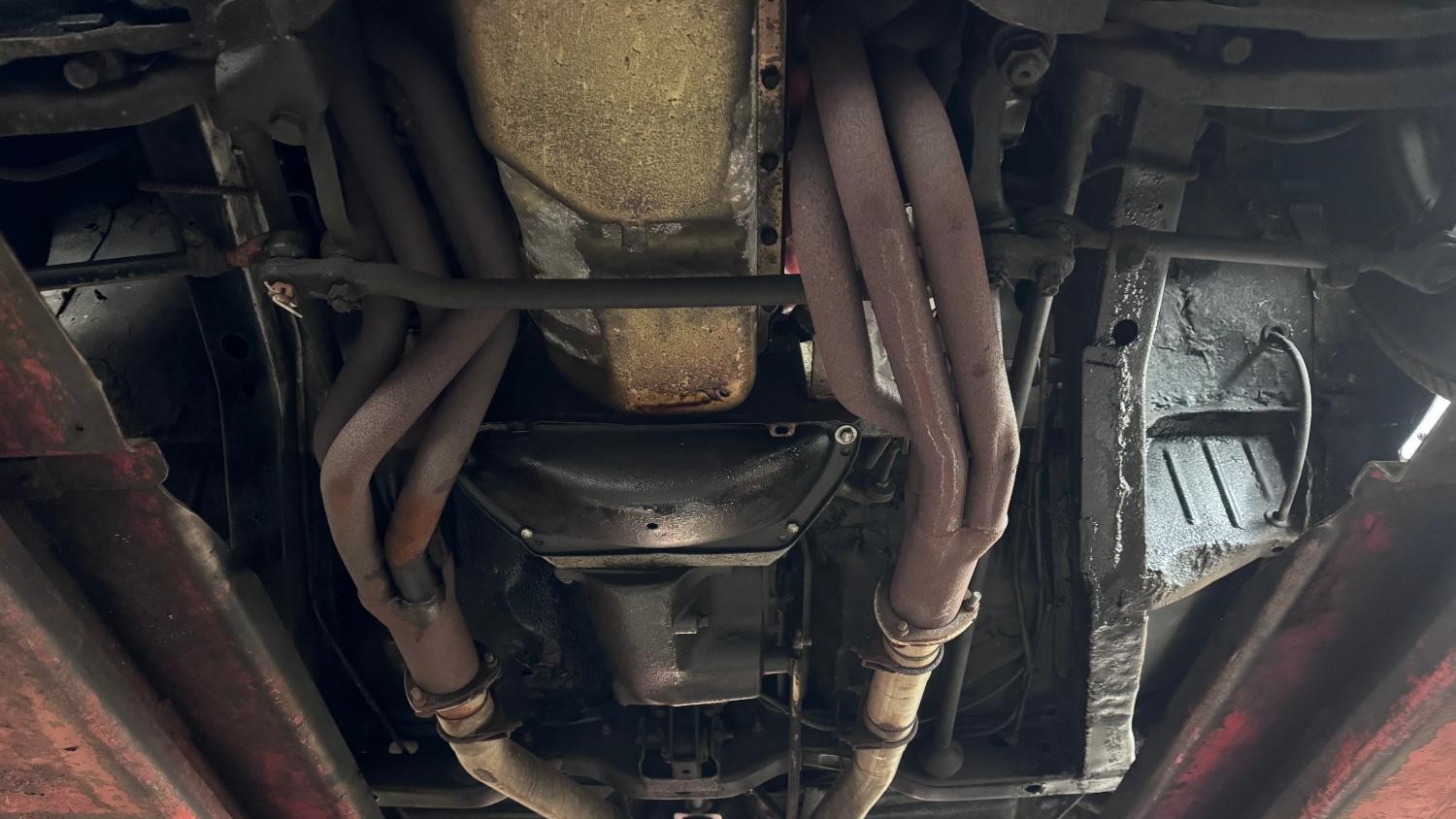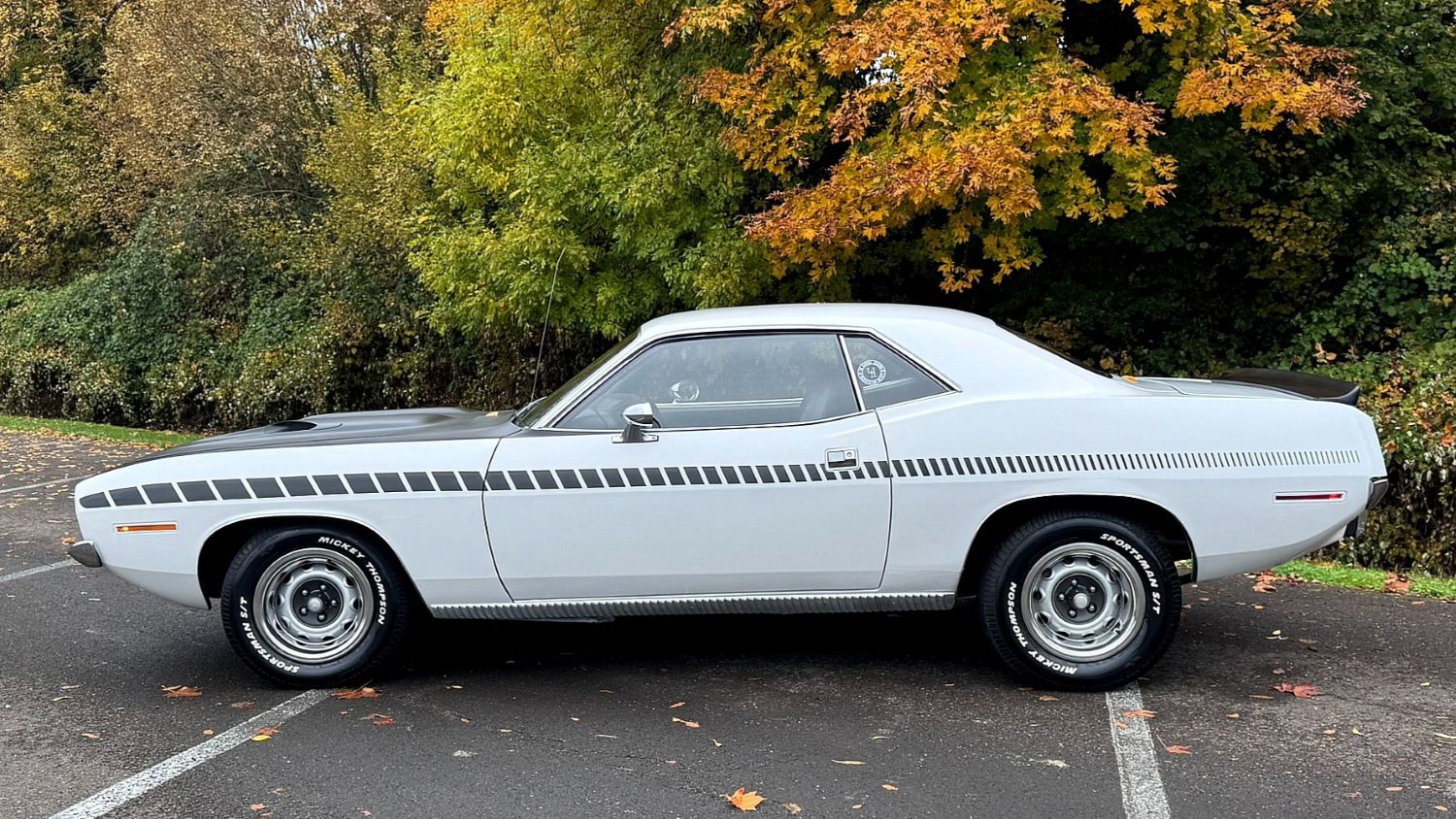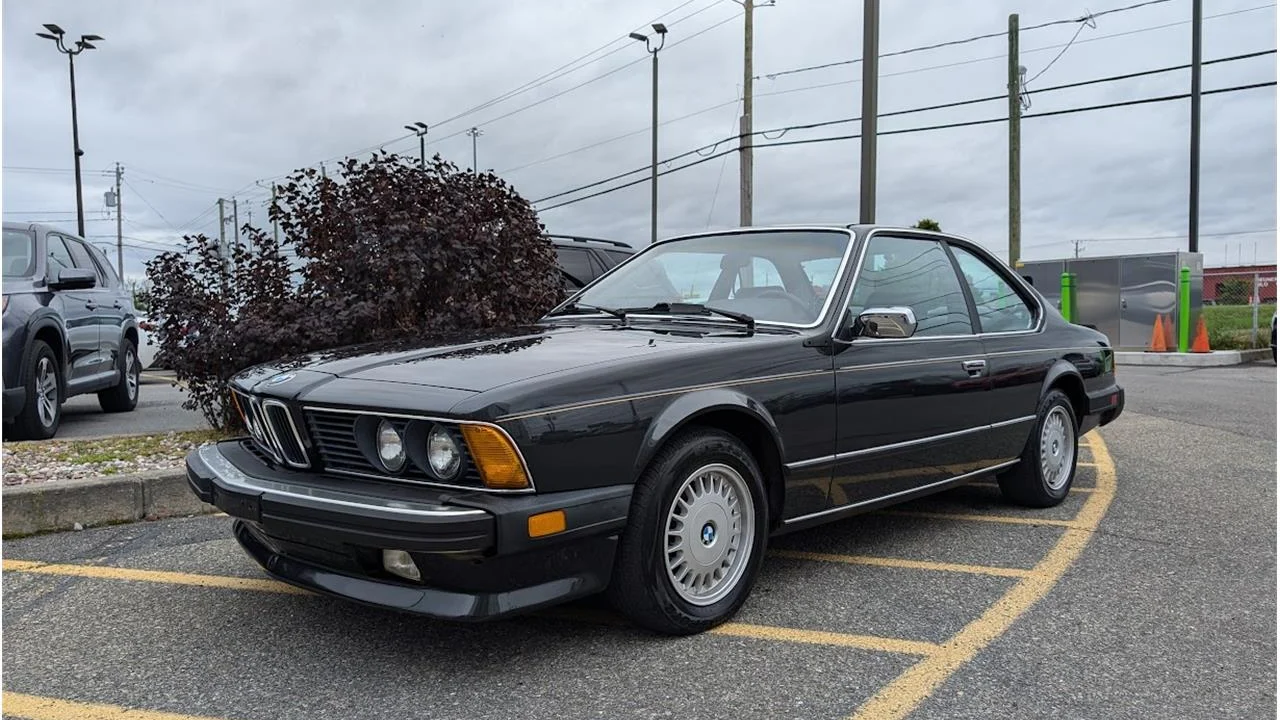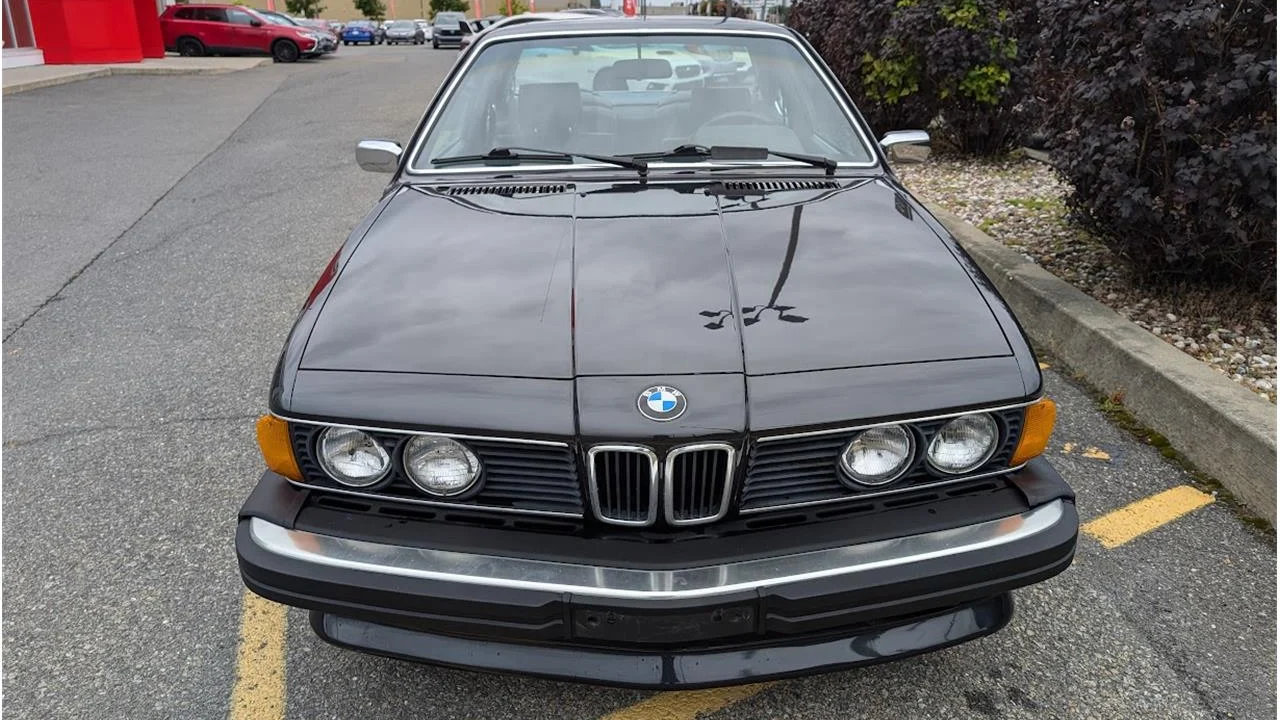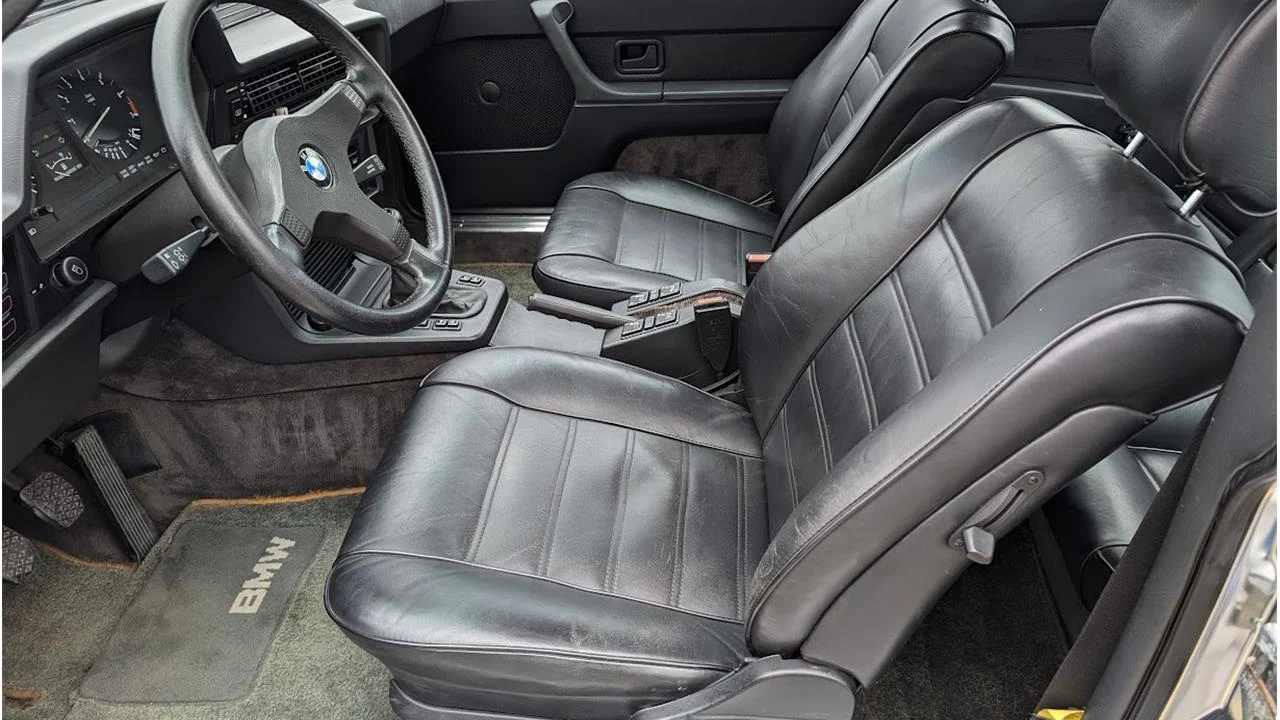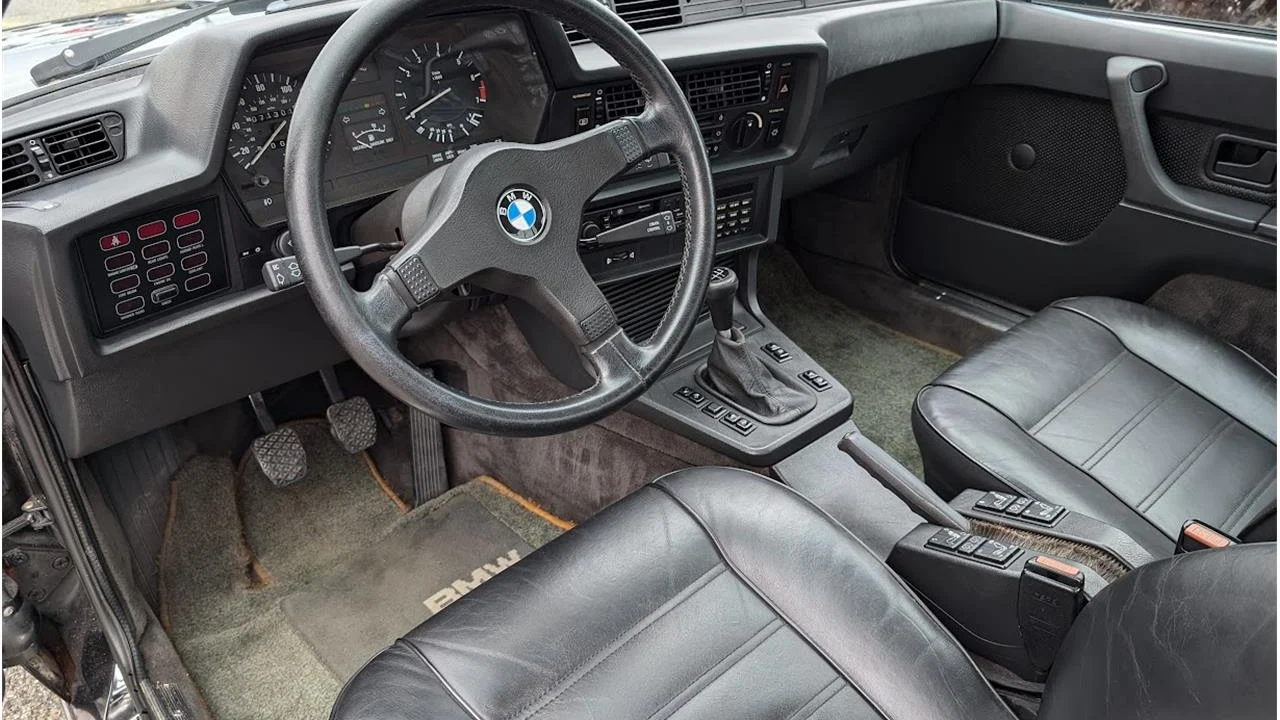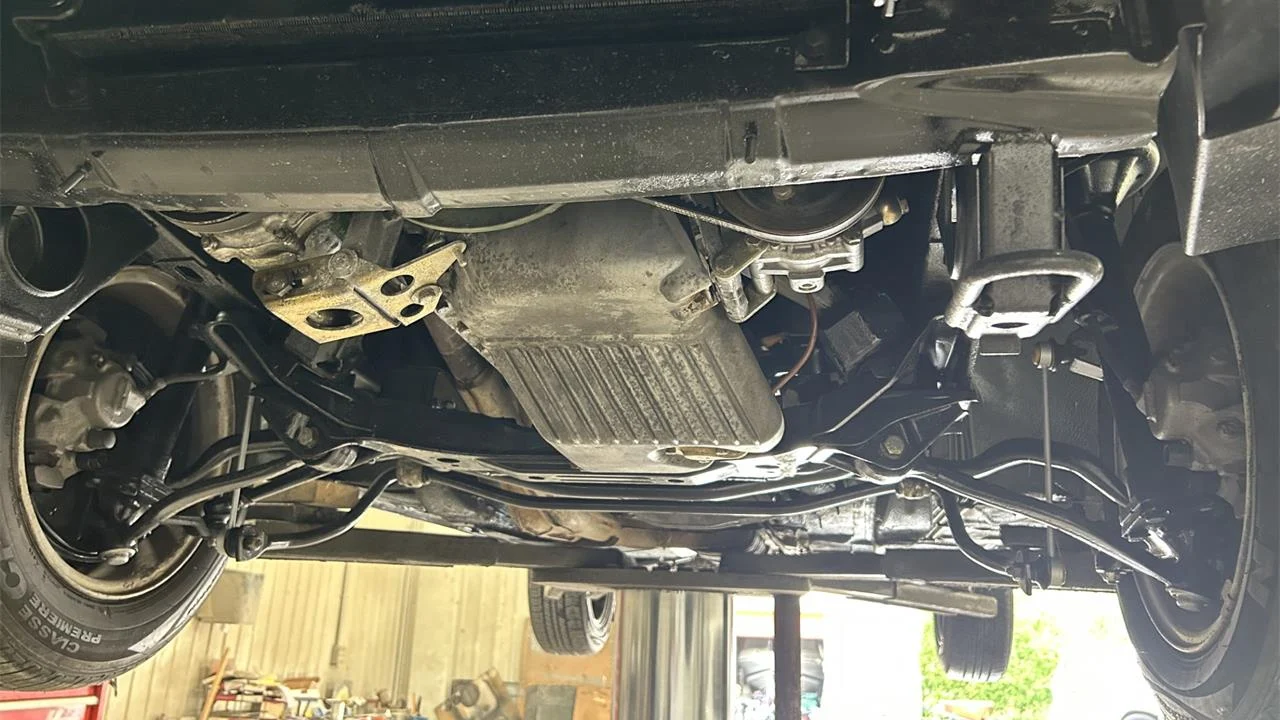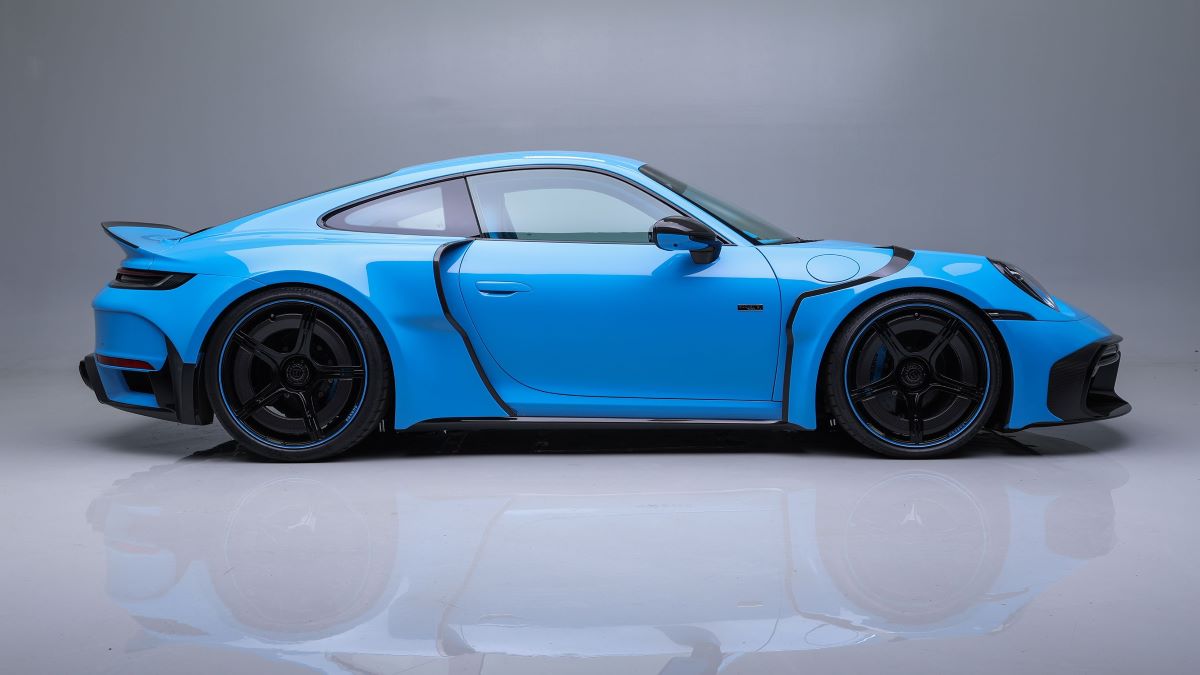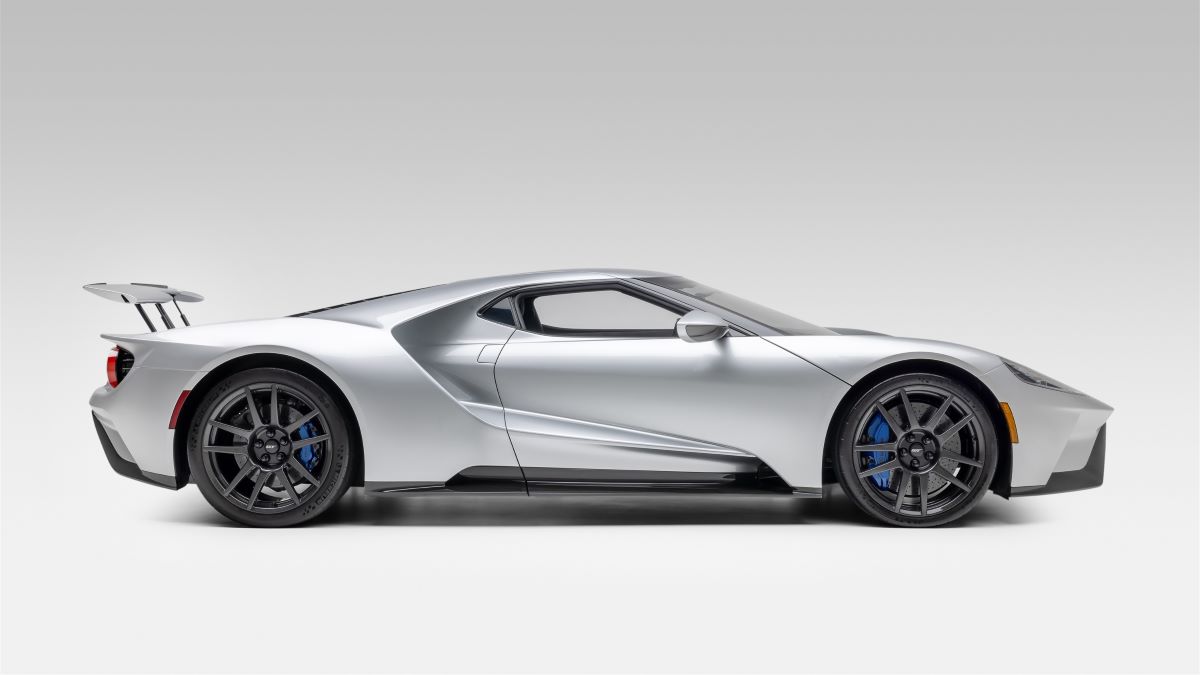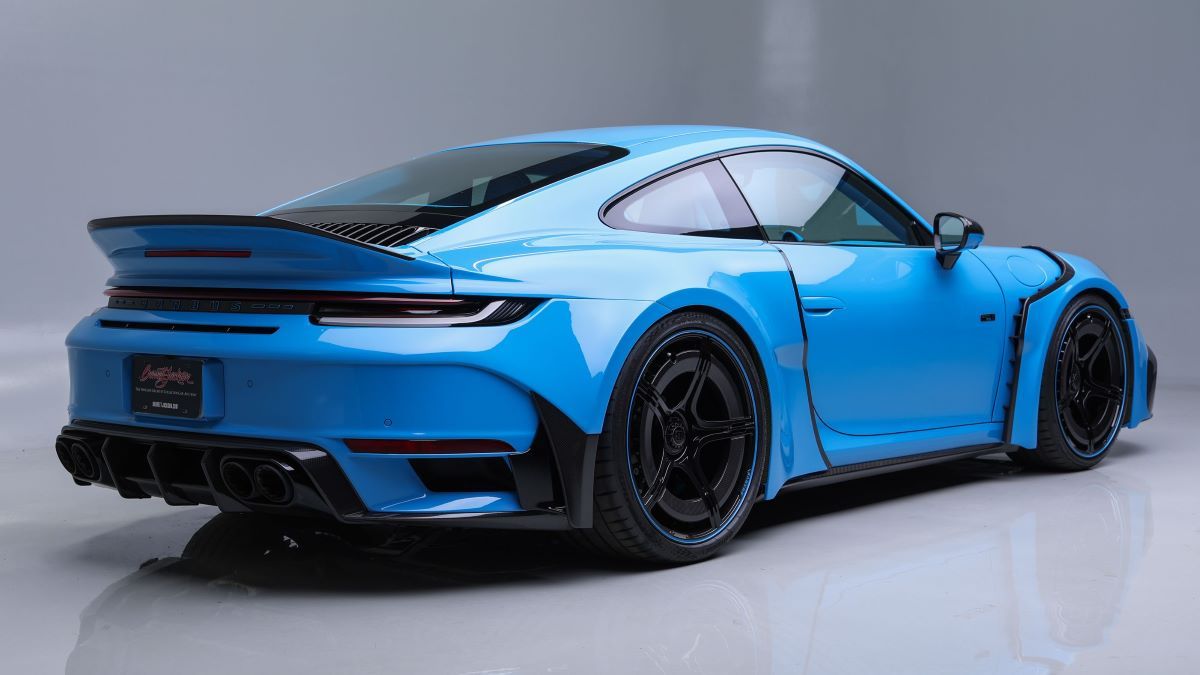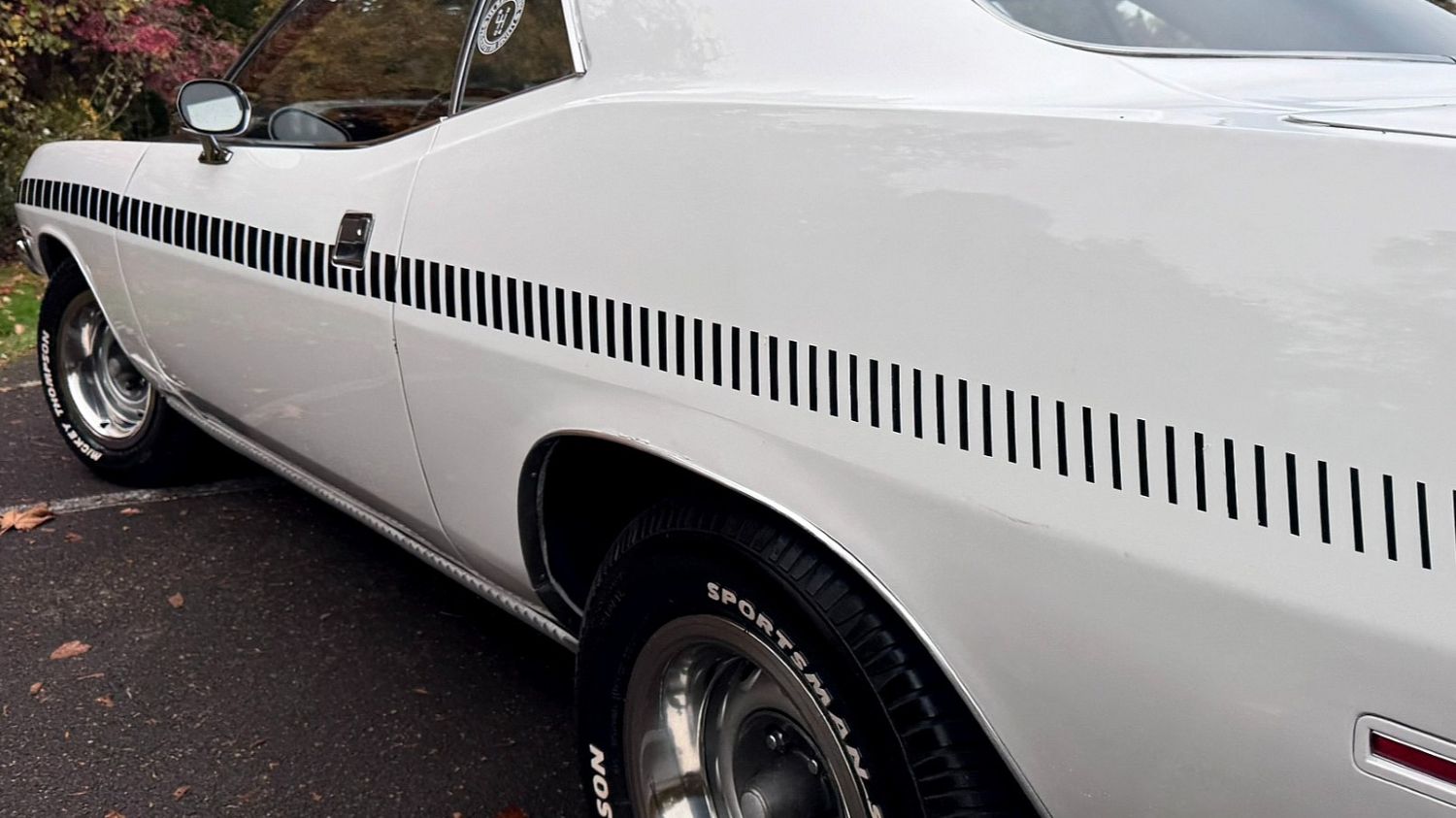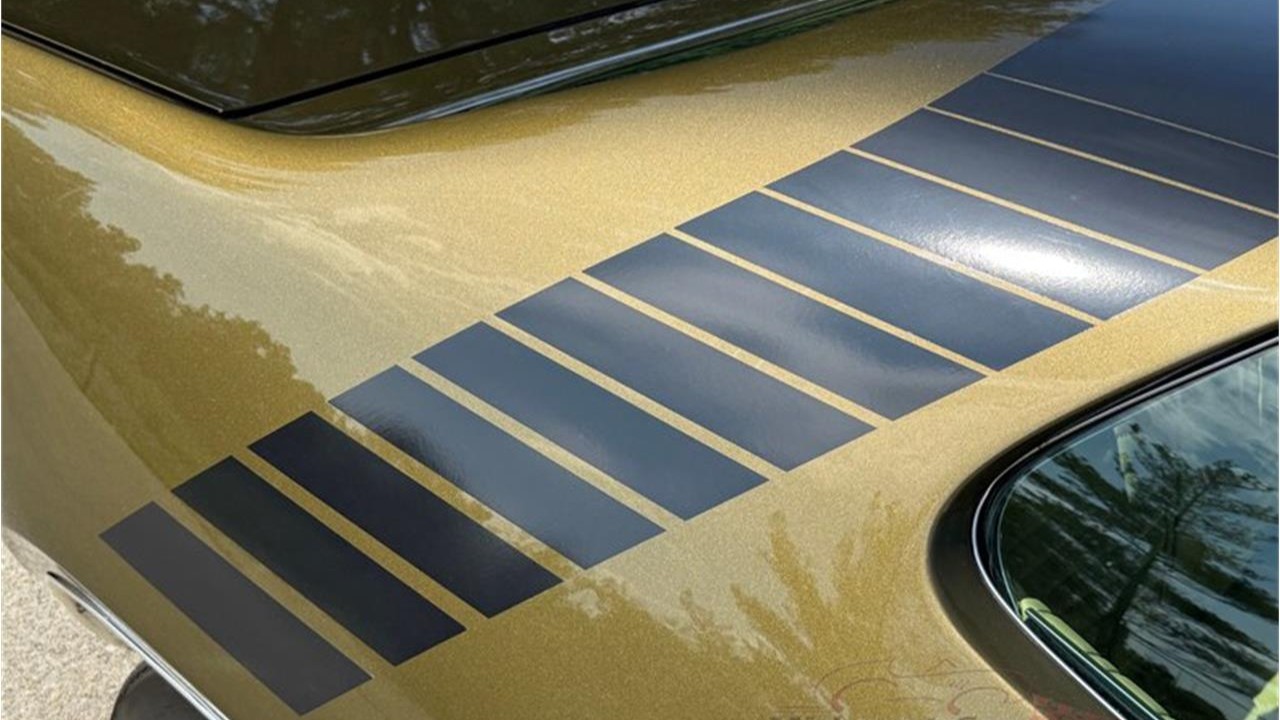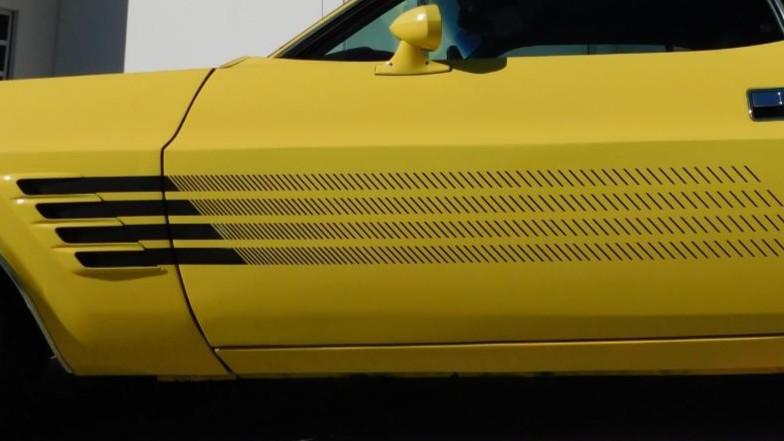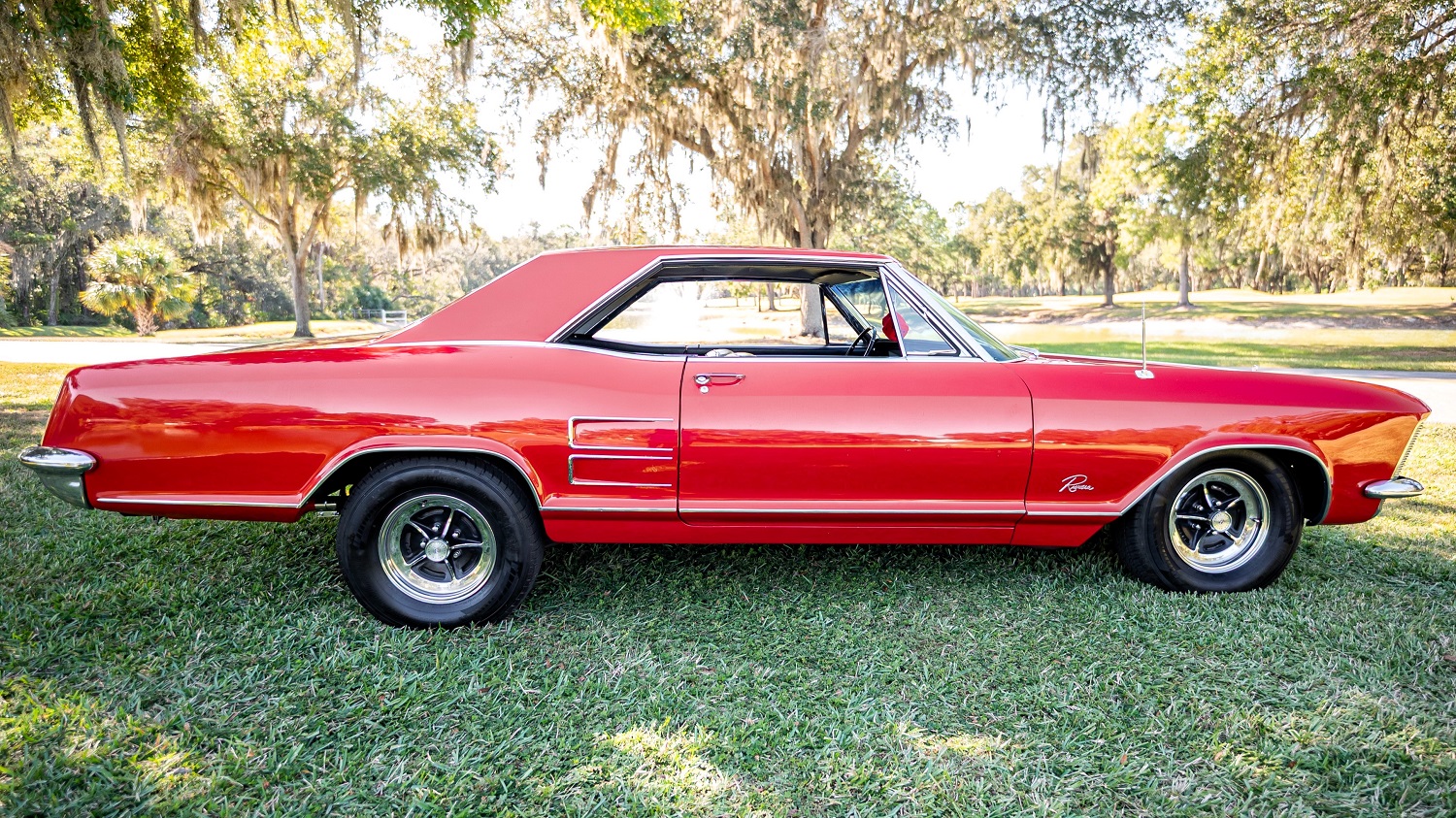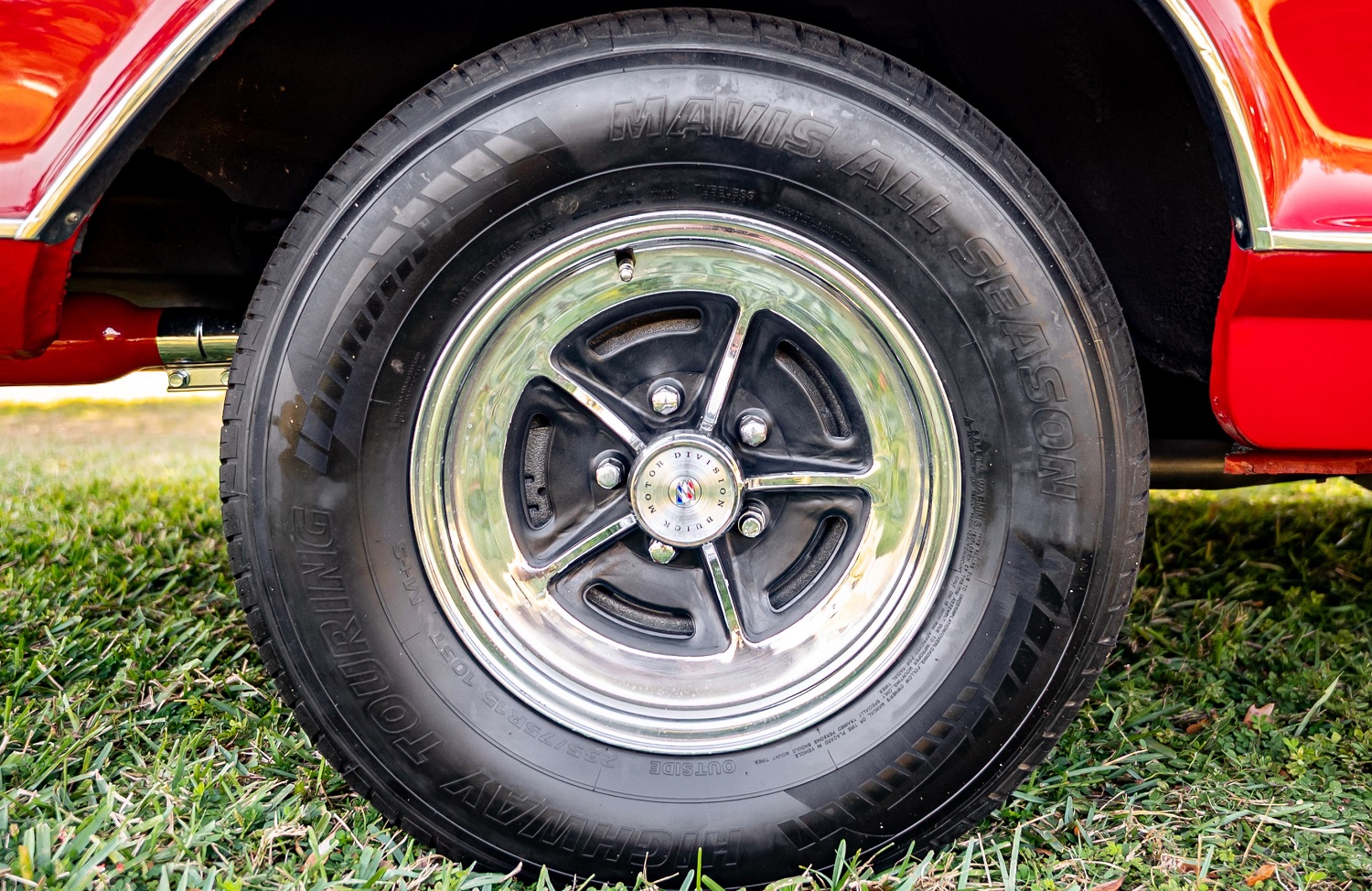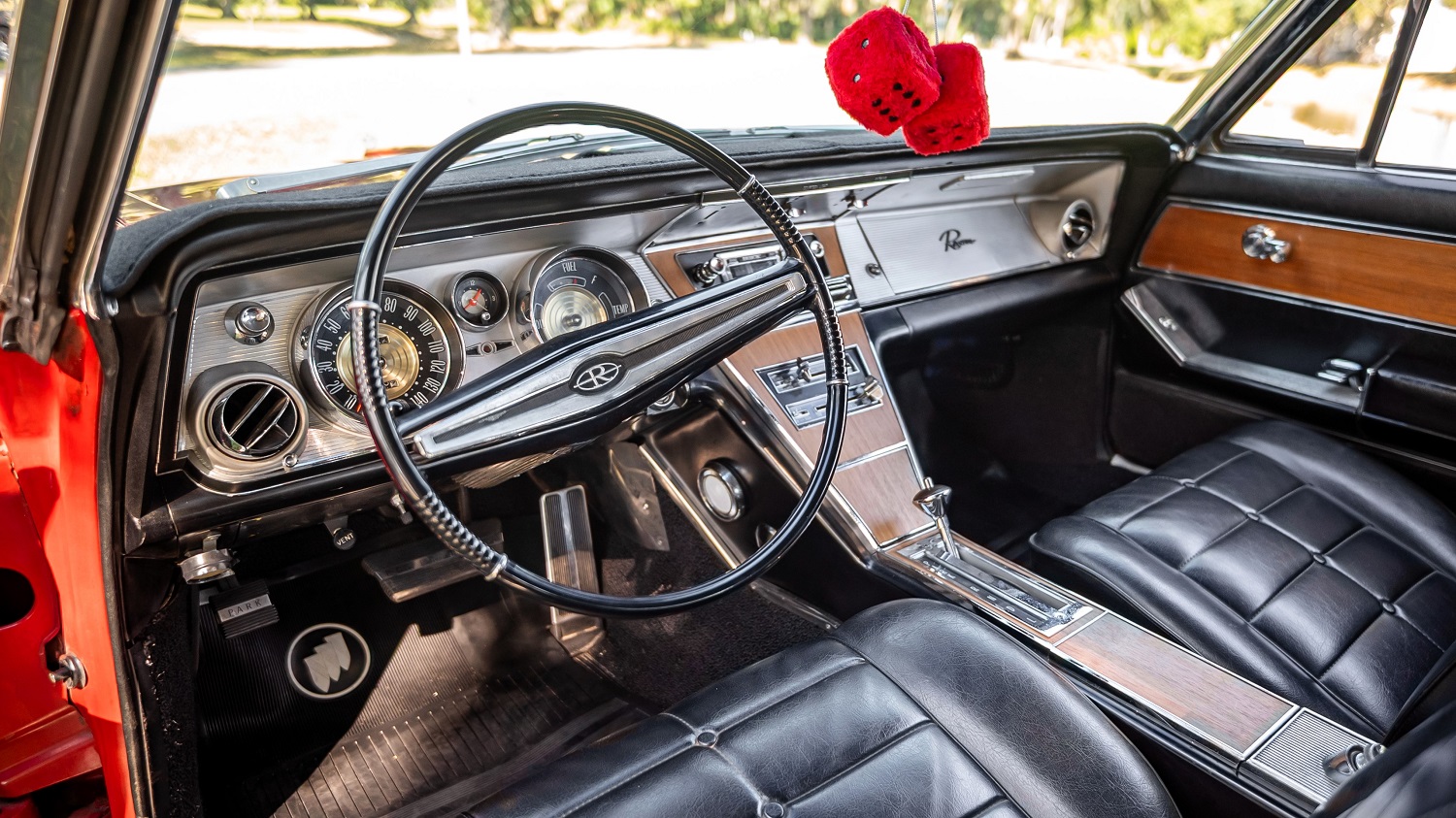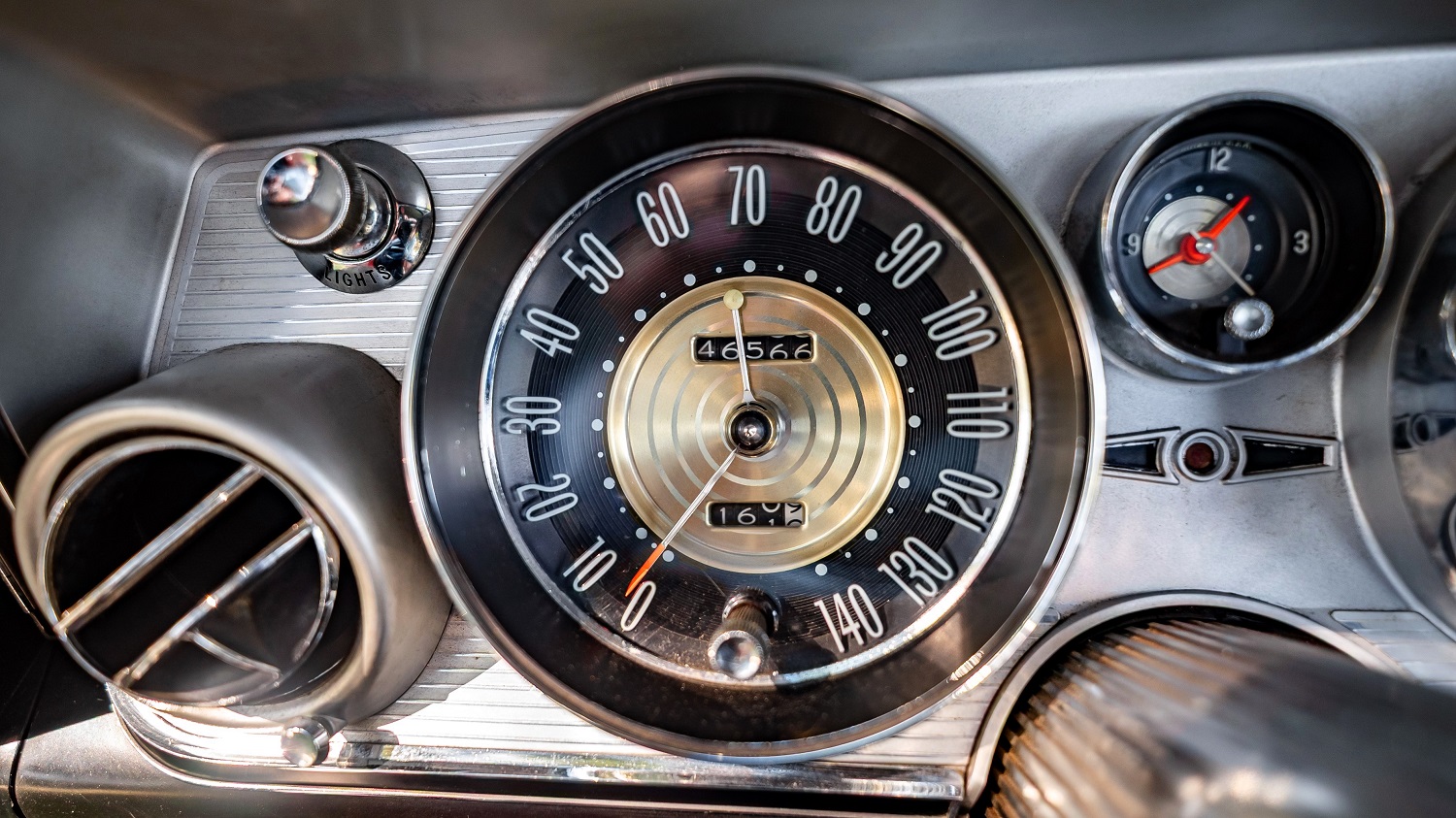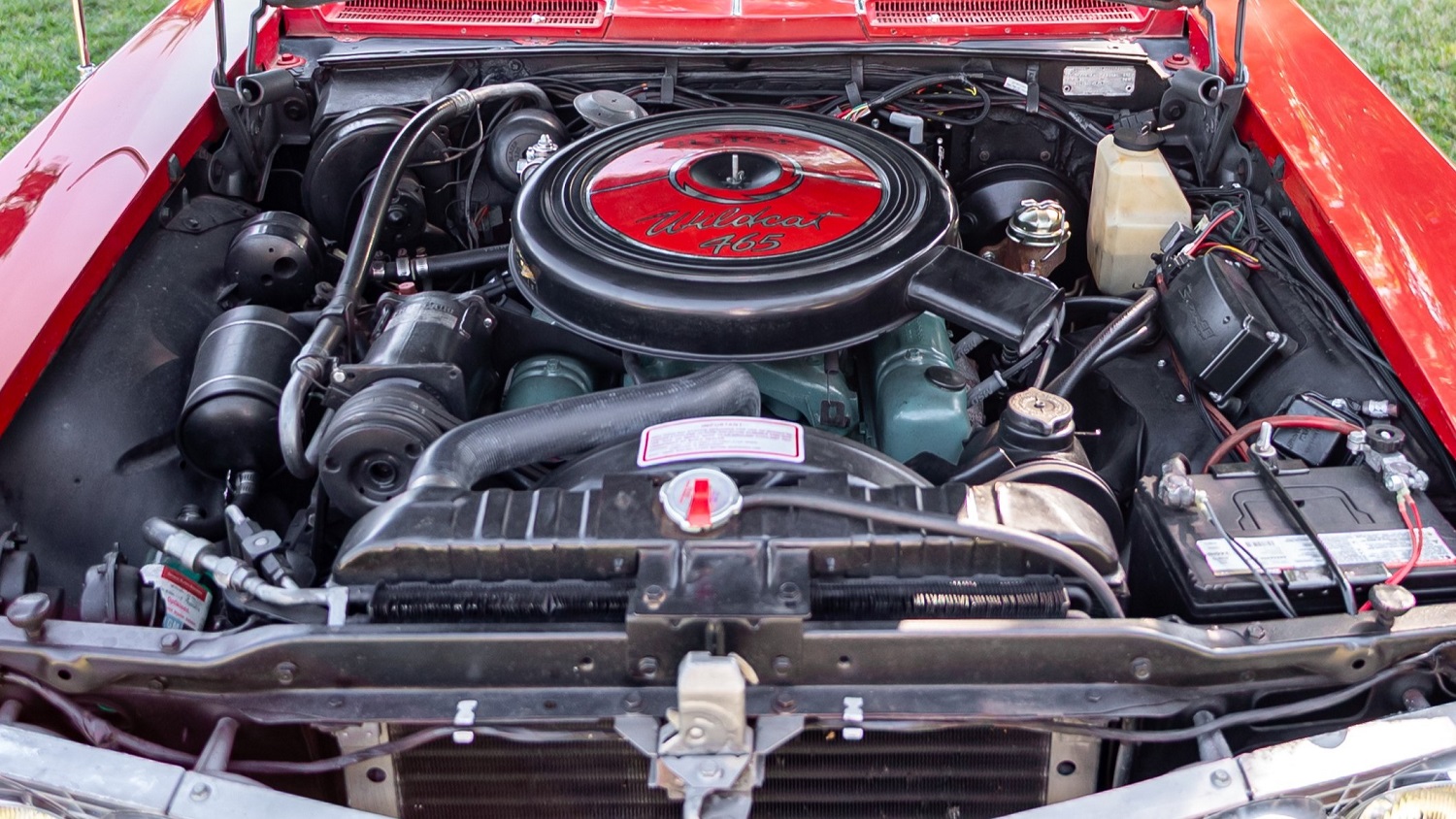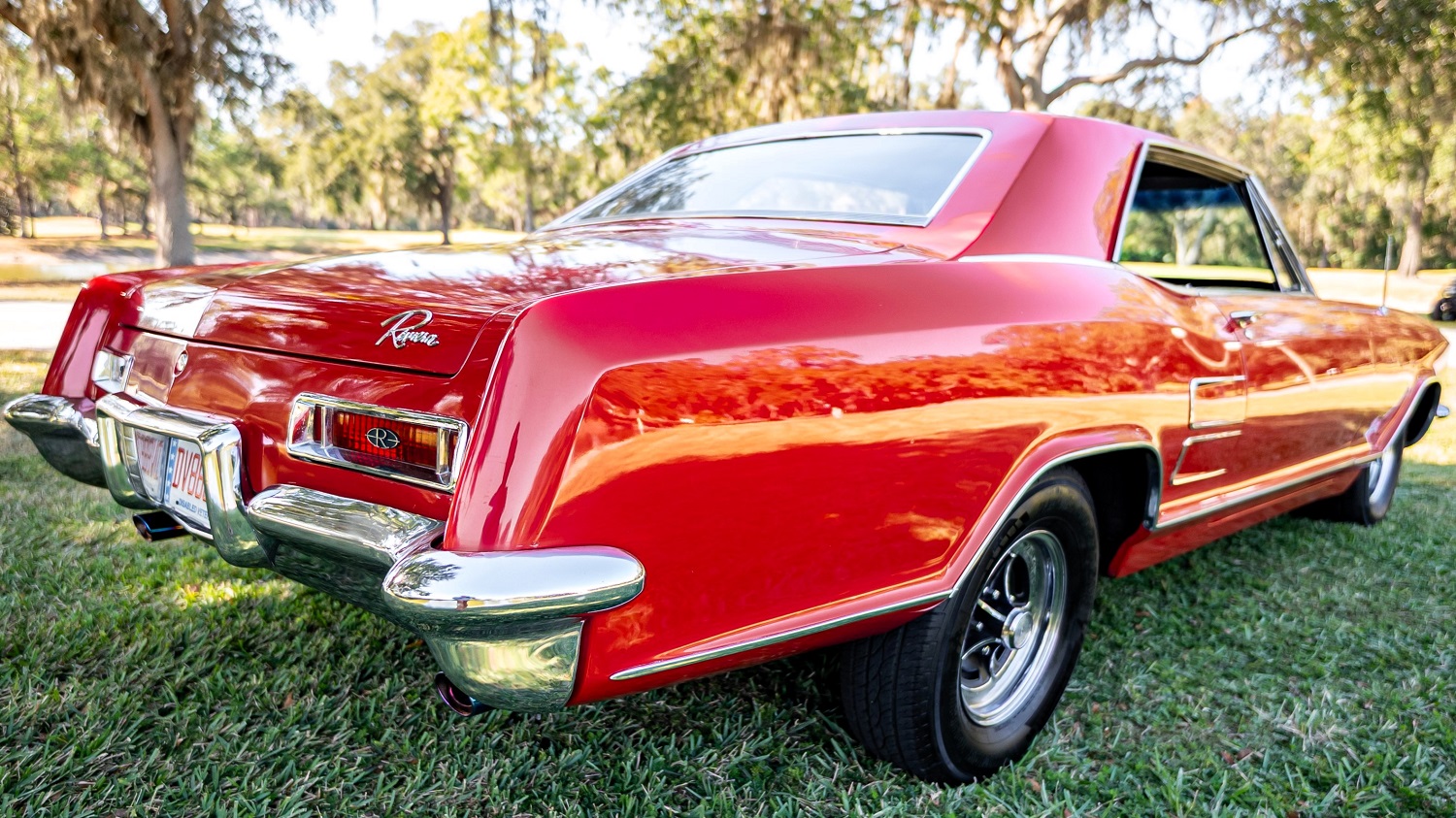The classic cut-door British roadster introduced the U.S. to the fun of sports cars. The wind in your hair, reasonable speed, good looks, telepathic steering, and great handling for the era, all wrapped in a two-door open-car package created a new category of automobile. Cars like the MG T Series, Triumph TR2/3, and Austin-Healey 100/3000 defined what a sports car was for over a decade. If you have always wanted to own the very definition of a classic British roadster, then look no further than what, to me, is the pinnacle of classic sports car design: the Morgan 4/4 and Plus 4. The AutoHunter Spotlight for the day is this stunning 1957 Morgan 4/4 Roadster. It is being sold by a dealer in Shawnee, Oklahoma, with the auction ending on Tuesday, December 1, 2025, at 3:15 p.m. (MST).
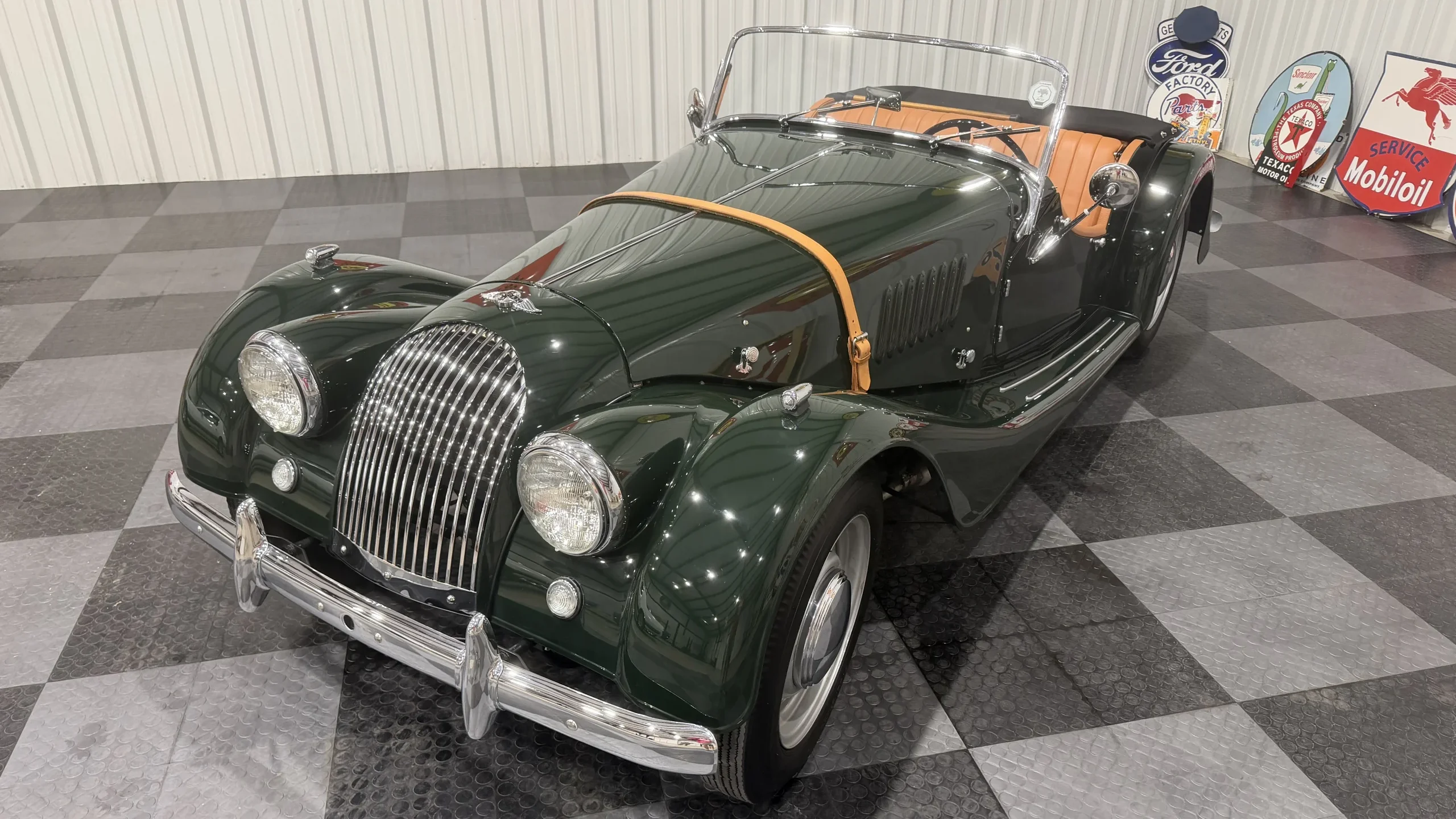
Introduced in 1936 and somehow continuing in production until 2018, the 4/4 is the quintessential British sports car and, for their fans, the Morgan has no equal. Morgan 4s have won races (including Le Mans), have delivered RAF airman to their Spitfires during the Battle of Britain, have been owned by both the famous and the not-so-famous, and have always delivered a traditional British driving experience. By modern standards a Morgan, especially a 4/4, is not that fast, but it sure feels fast due to the seating position that puts you only inches above the pavement and doors cut so low you can touch the road from the driver’s seat.
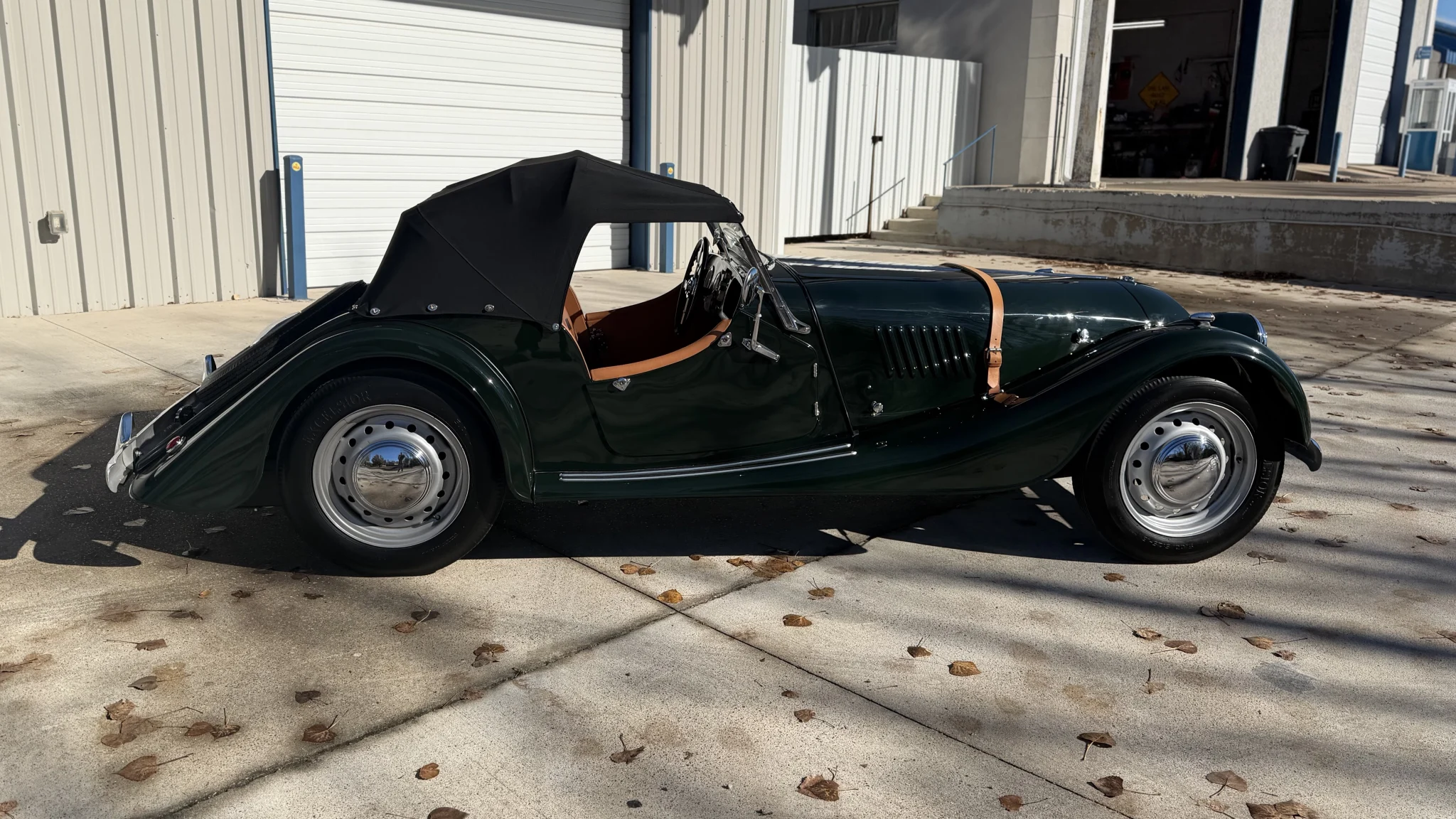
The other thing I love about the Morgan is the brand’s rich history. These cars have always been entirely built by hand in the same factory, and today the company remains the last of the independent automakers. Driving a Morgan is like nothing else in the world, and owning a Morgan is an immersive way of experiencing the sports car world of the 1930s-50s.
This Morgan 4/4 is powered by a correct Ford 1172cc inline-four mated to a three-speed manual transmission. Something interesting not everyone knows is that Morgan never made their own engine. To this day, the company relies on engines from other manufacturers; the Ford side-valve inline-four was used in the 4/4 for decades.
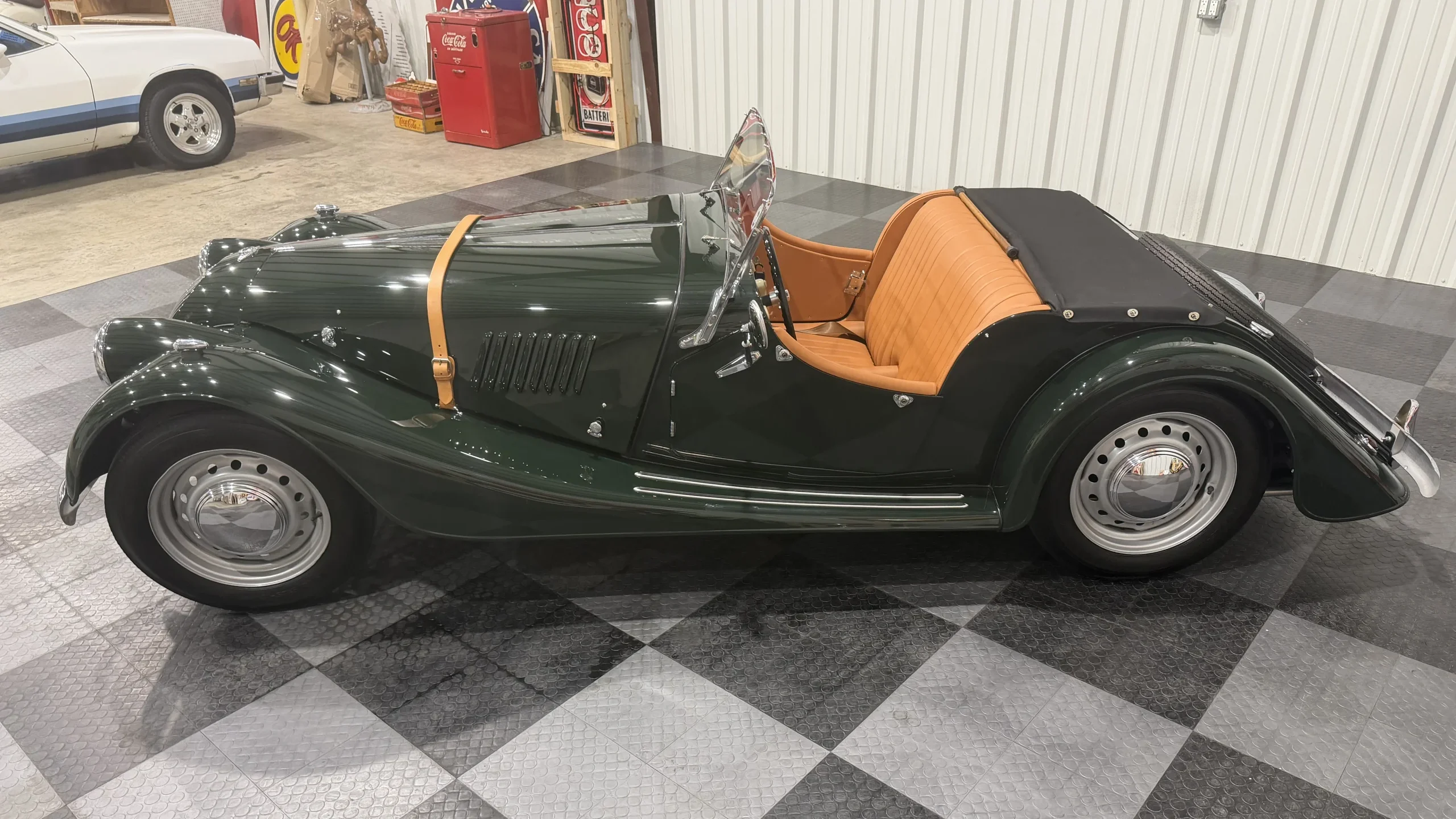
This Morgan 4/4 Roadster is painted in the iconic combination of British Racing Green with a black soft-top over a tan leather interior. It is offered by the selling dealer with restoration and service receipts, along with a clear title.
The seller states that this Morgan underwent a full nut-and-bolt body-off restoration by The Vintage Connection in Oklahoma City, Oklahoma. They add that the cost for the restoration was $150,000, which is backed up by the complete restoration receipts. That may seem like a lot of money, but a proper restoration is expensive, and this is the going rate for a true restoration on just about any car. Judging from the photos, this truly looks to be a top-tier restoration.
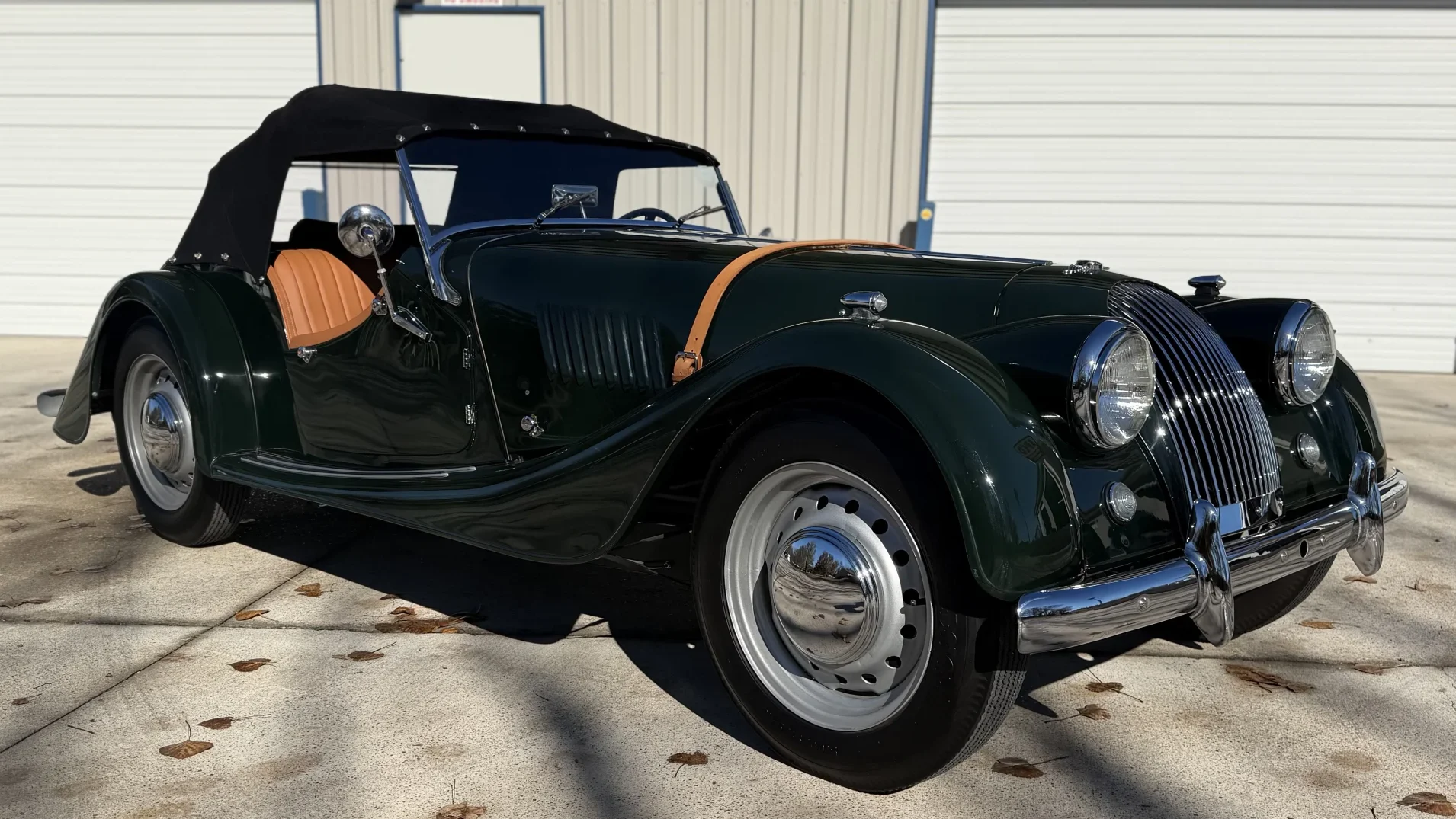
Also keep in mind that the Morgan is a complicated car to restore. The frame for the body panels is made of ash wood, which over time can rot if not properly preserved. In the era in which this car was built, the wood was not as well treated, so may be suspect and in need of replacement on any Morgan from the 1930-70s. Happily, Morgan Motors offers complete kits for the wood, and it is now treated to make it last for much longer than it did in the past. That being said, someone still needs to put the pieces together, as you can see in the vintage factory photos below.
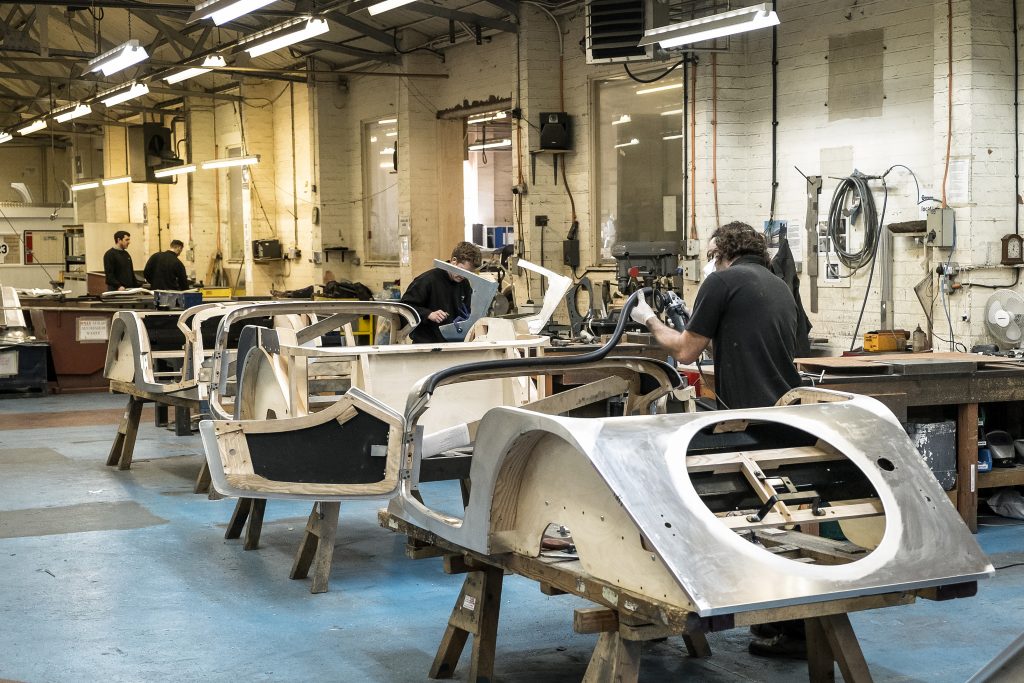
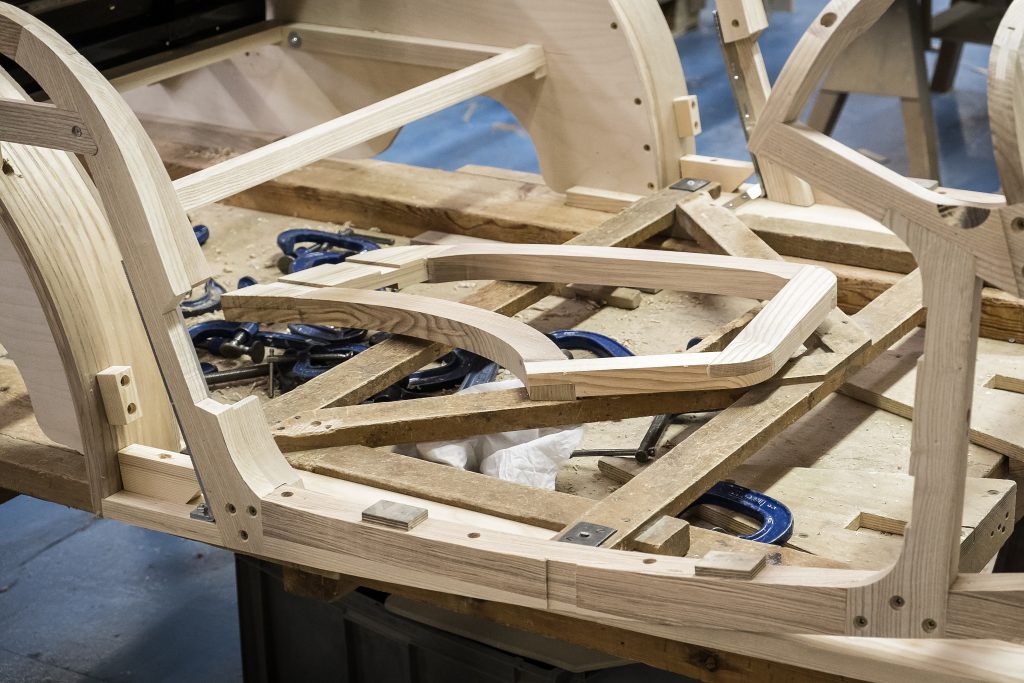
The interior of this Morgan 4/4 looks to be as good as the exterior. The seats are trimmed in the proper tan leather, the steering wheel is a correct four-spoke Brooklands item, and even the correct Morgan gauges and the wood dash look to be in like-new condition. If you want a good classic Morgan, this definitely looks like one.
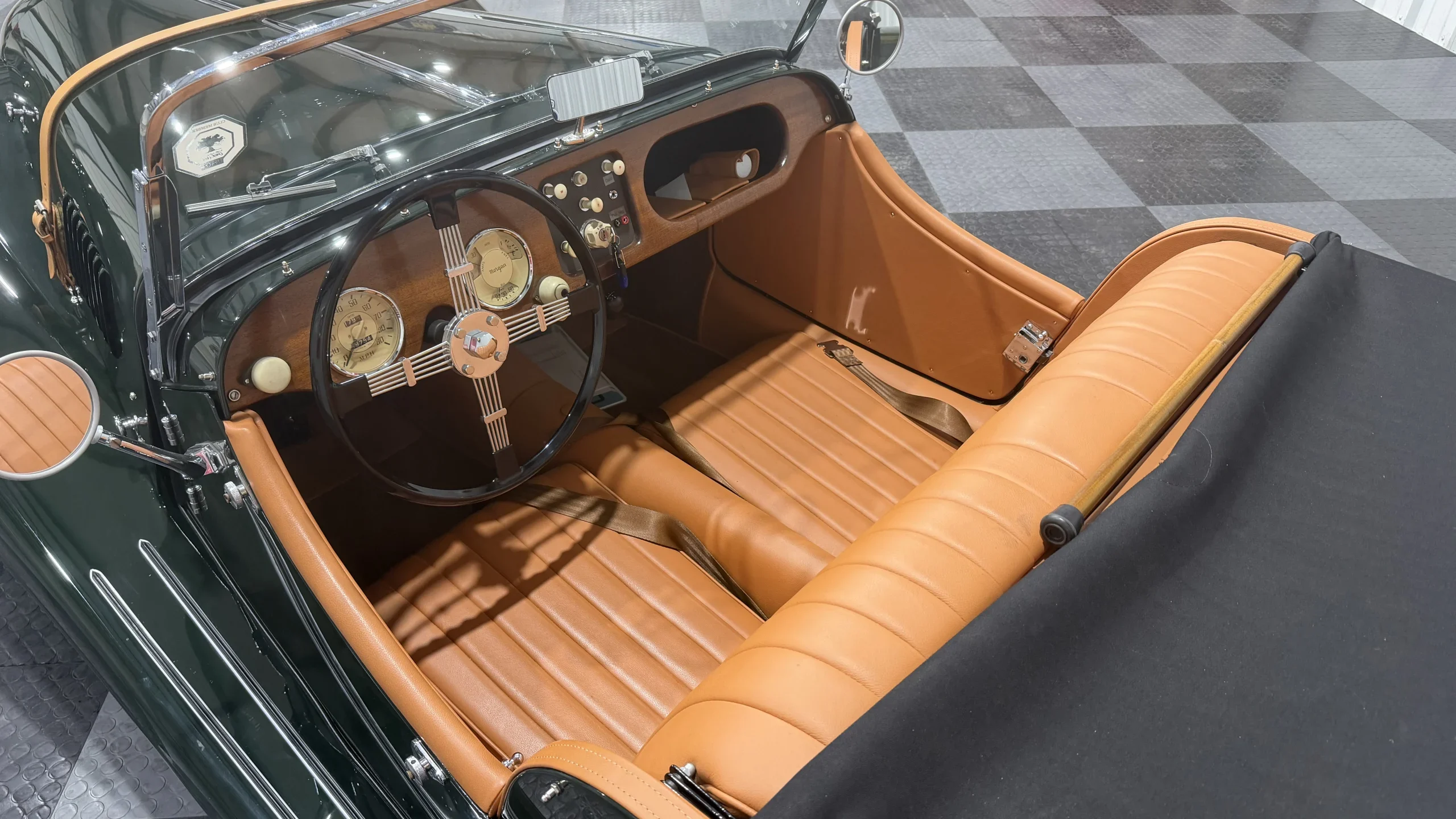
Under the bonnet is the correct Ford-sourced side-valve 1172cc inline-four engine. It is fed by a correct single-barrel Solex carburetor with a correct chrome air cleaner. The power is transmitted to the rear wheels via a correct three-speed manual transmission. Both the engine compartment and underside of look to be as nice as the rest of the car. This Morgan is not only good enough for weekend drives or weeklong driving adventures on rallies, it is also in true show-worthy condition.
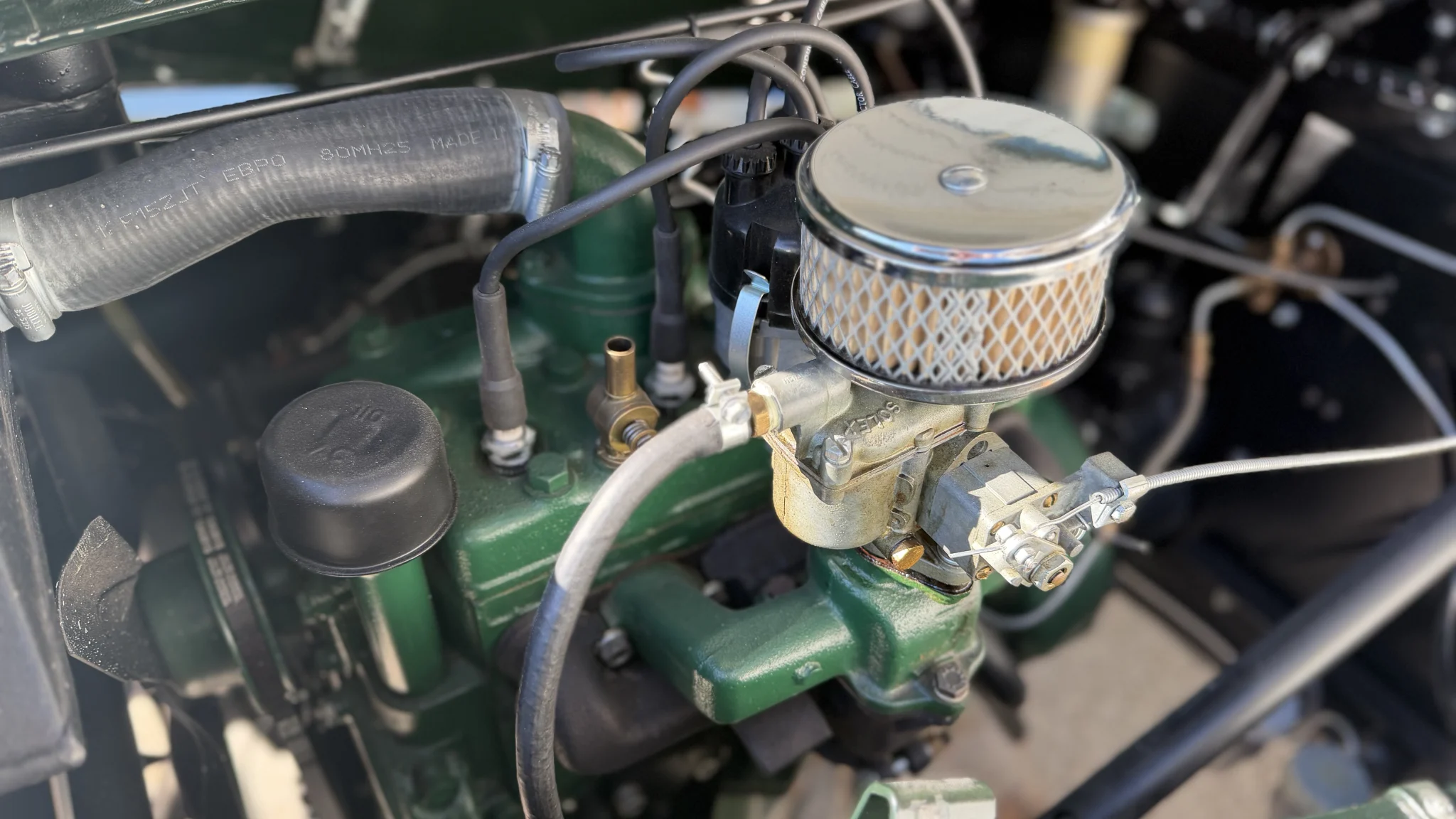
No, a classic Morgan 4/4 is in no way a sensible or even a logical car. It offers only rudimentary relief from inclement weather, has a very stiff sliding pillar front suspension, and rides a bit hard on the road. What it does offer is a driving experience that is the very essence of a British roadster. Sure, there are MGs and Triumphs you could buy – but a Morgan is something special and completely in another league. Morgan owners are also among the nicest and most welcoming classic car communities out there and their events are some of the most fun you will ever attend. A Morgan is effectively a four-wheeled time machine back to the classic era of sports cars and is without equal if you have always wanted to experience a true British roadster. Do be aware, though, that you will get lots of questions from people whenever you stop for fuel, as Morgans attract a lot of attention.
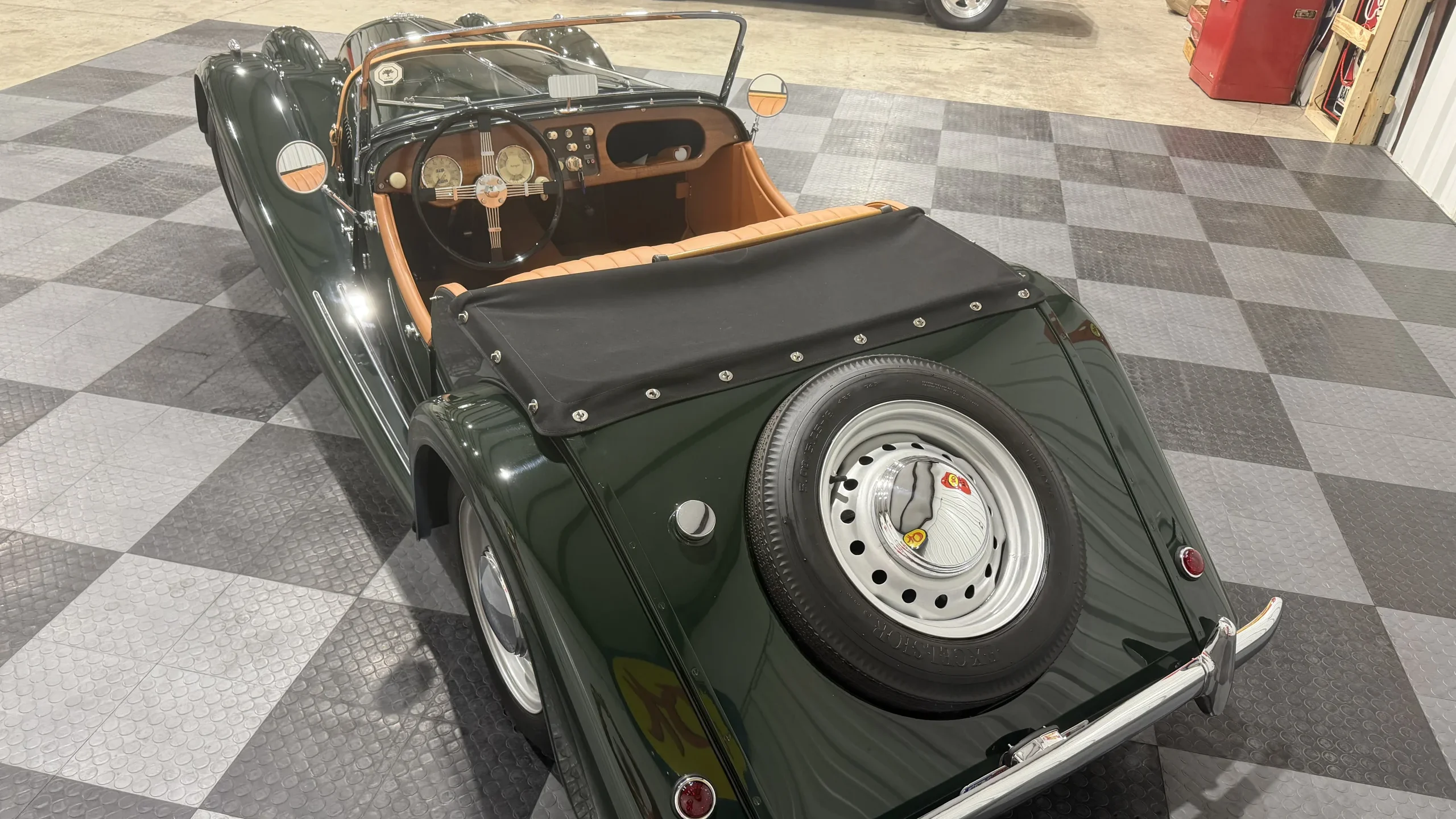
If you are interested in this car, I would recommend logging on to AutoHunter and bidding soon. Examples of a Morgan 4/4 this nice are becoming harder and harder to find. If you can buy one that has been restored to this level, you are always better off than you would be buying a decent driver and trying to make it this nice (remember that $150,000 restoration cost).
If you are interested in this truly exceptional 1957 Morgan 4/4, place your bid now, as the auction for this car ends on December 1, 2025, at 3:15 p.m. (MST).
Visit the AutoHunter listing for more information and a photo gallery
